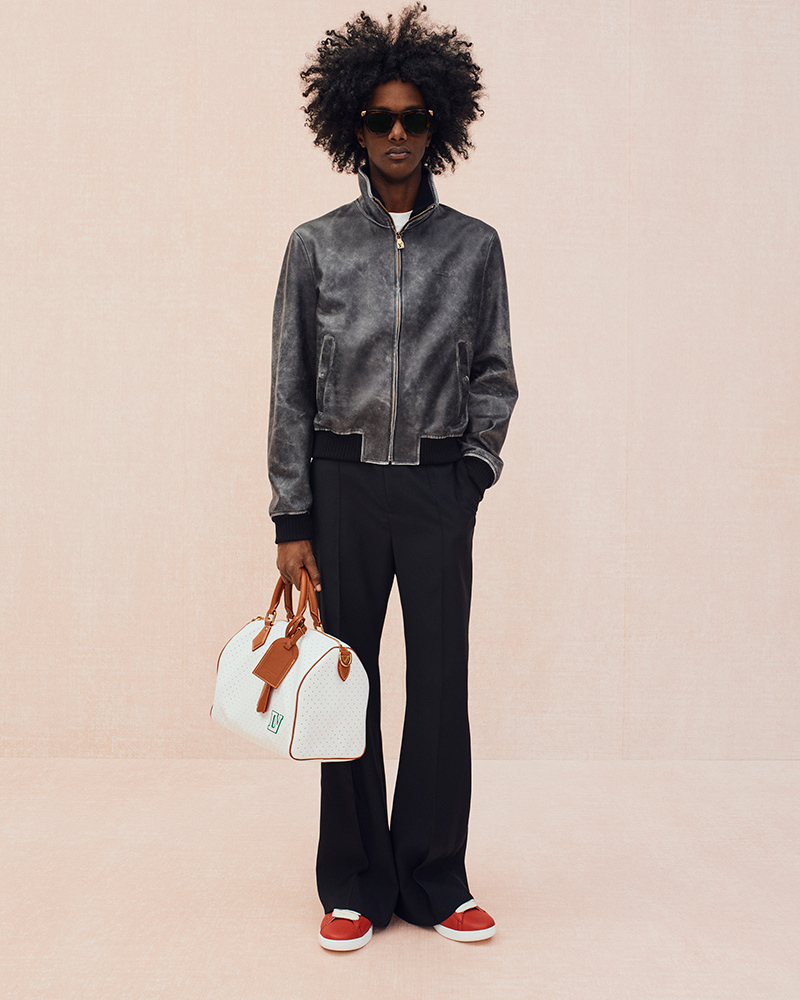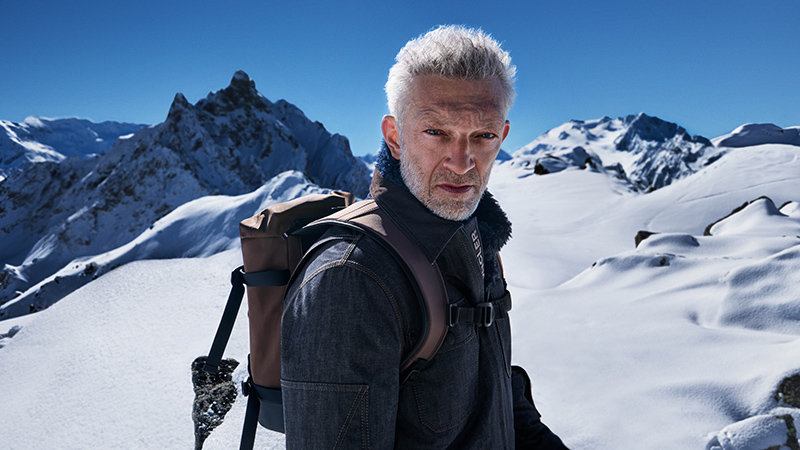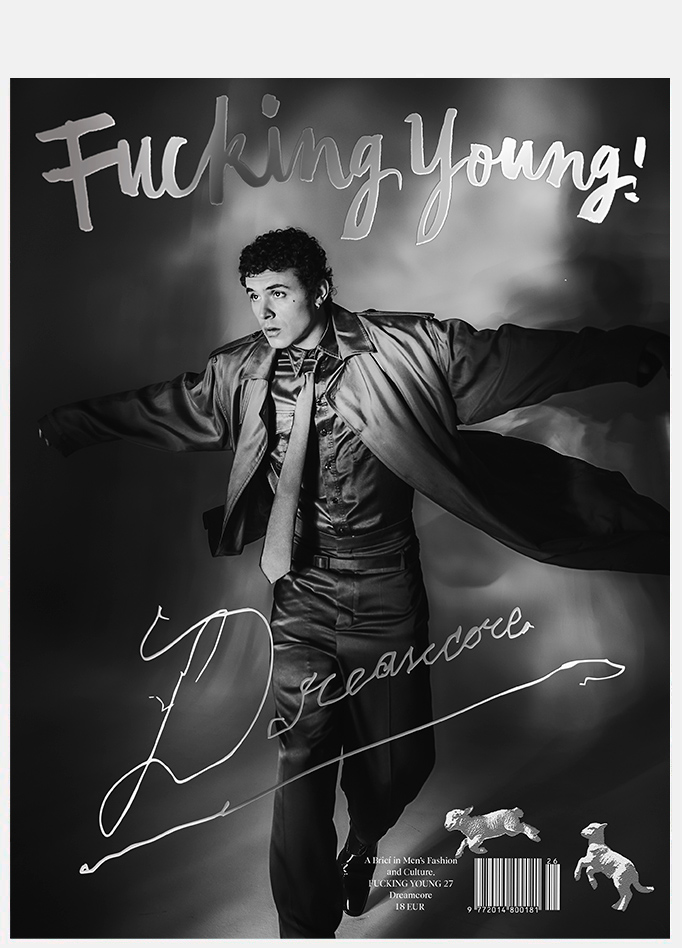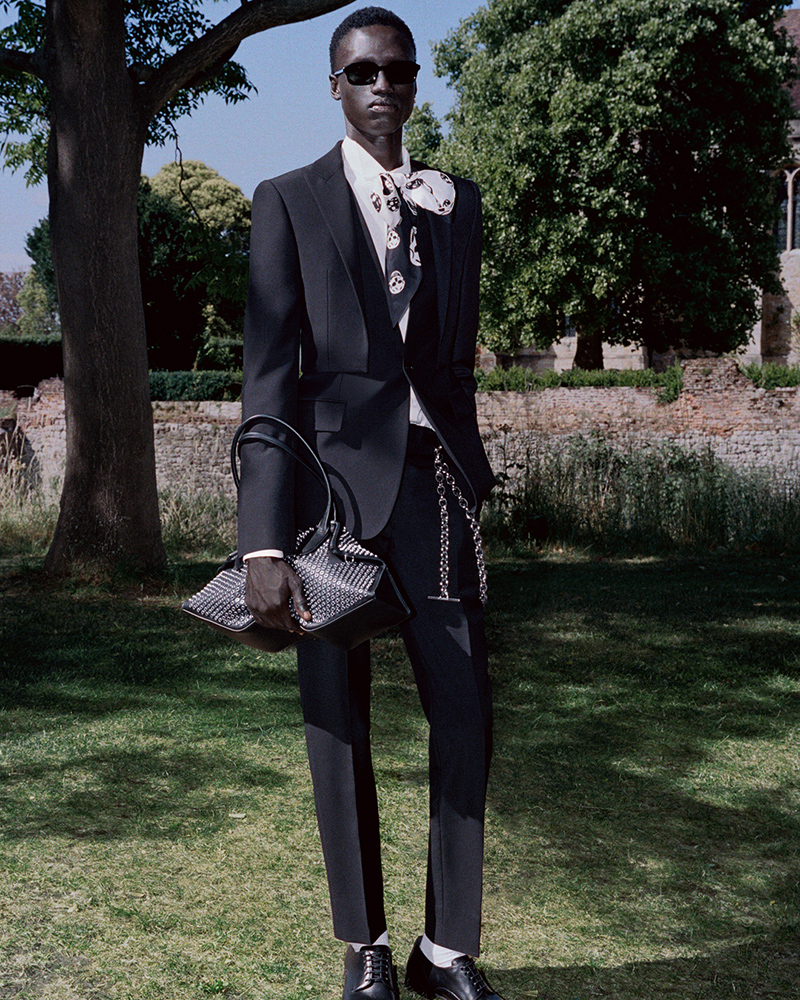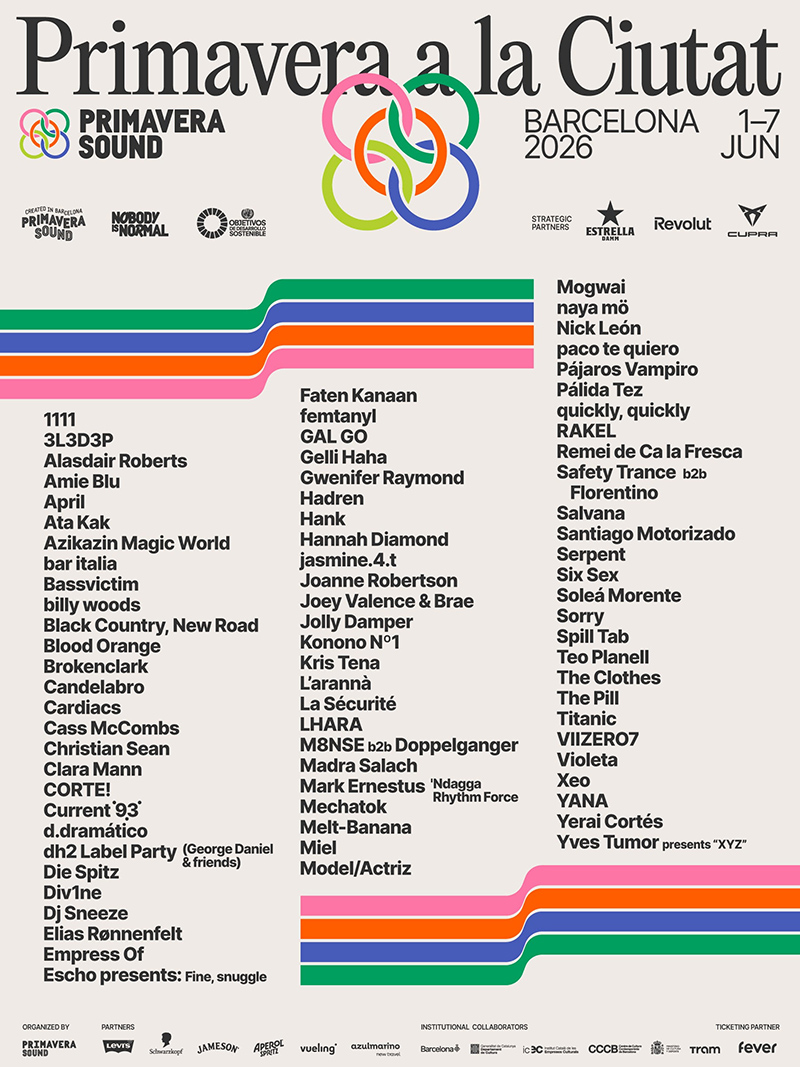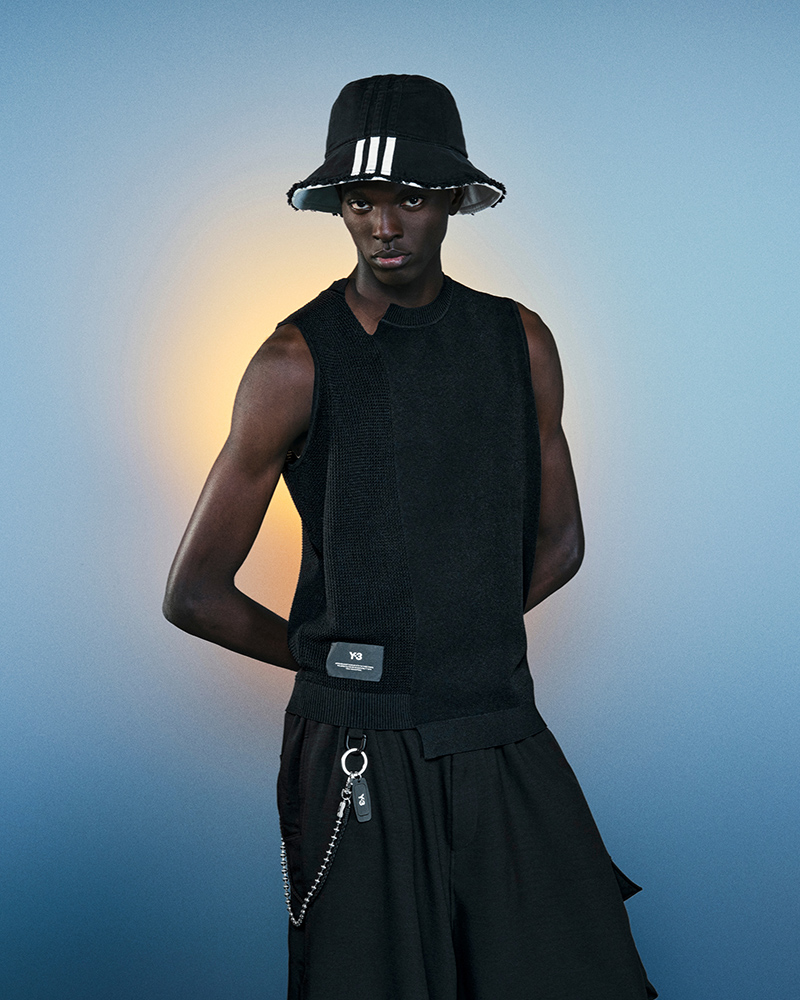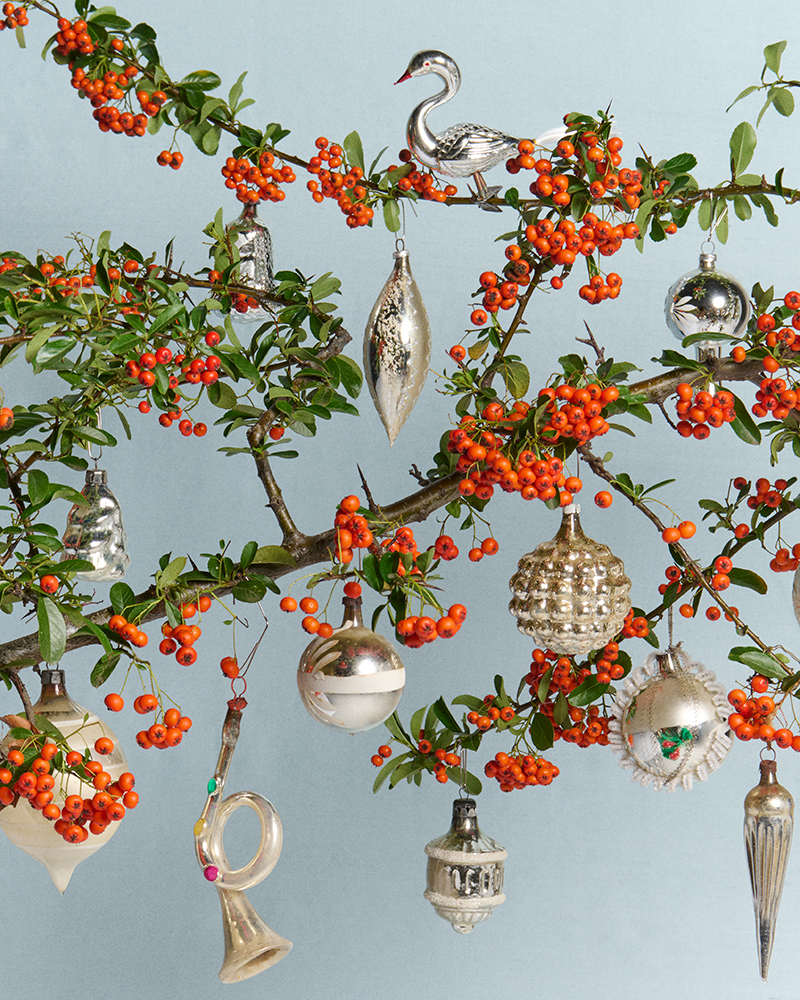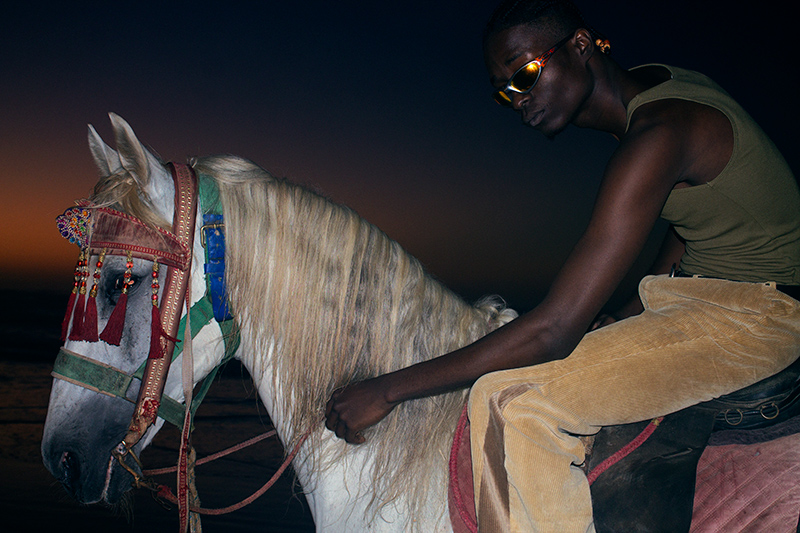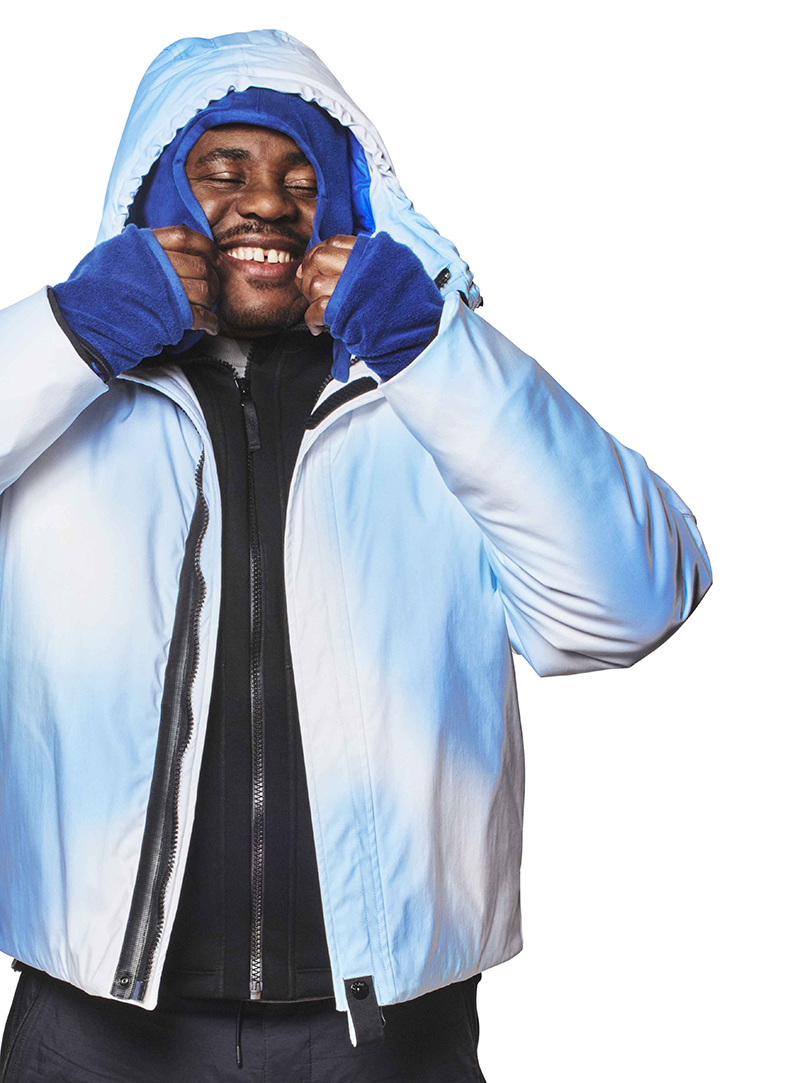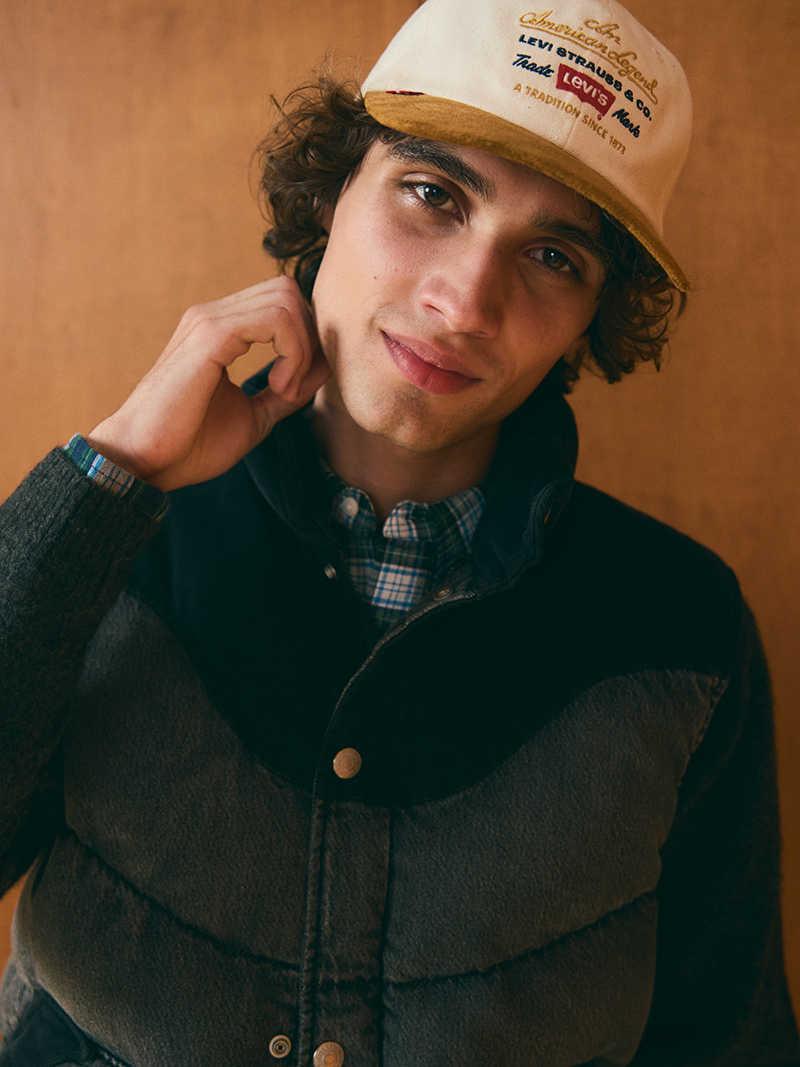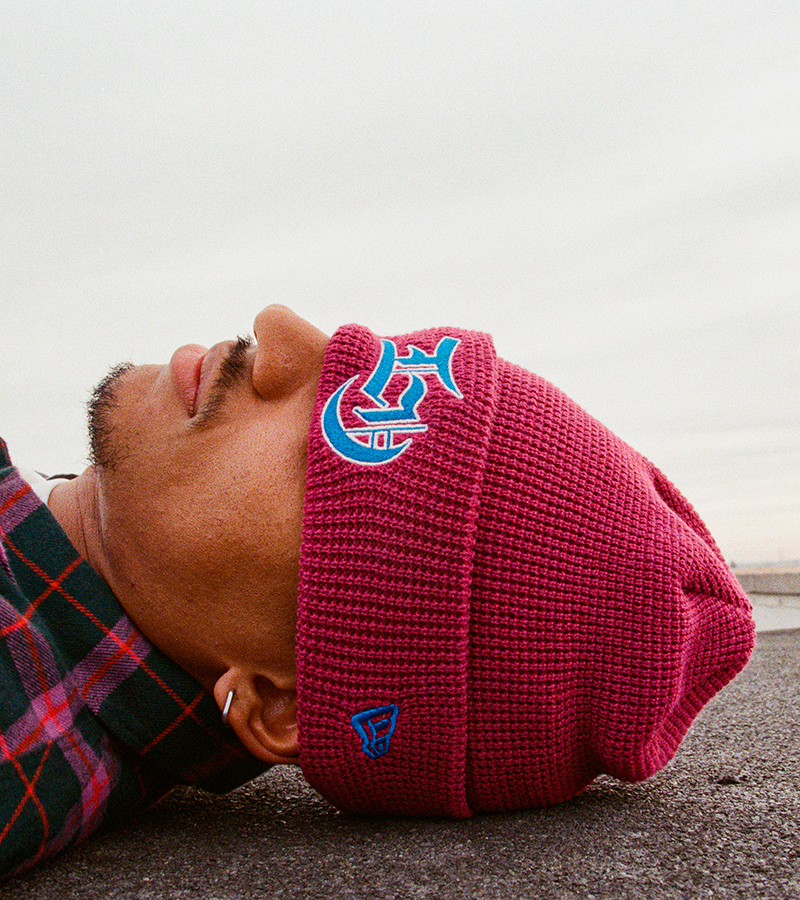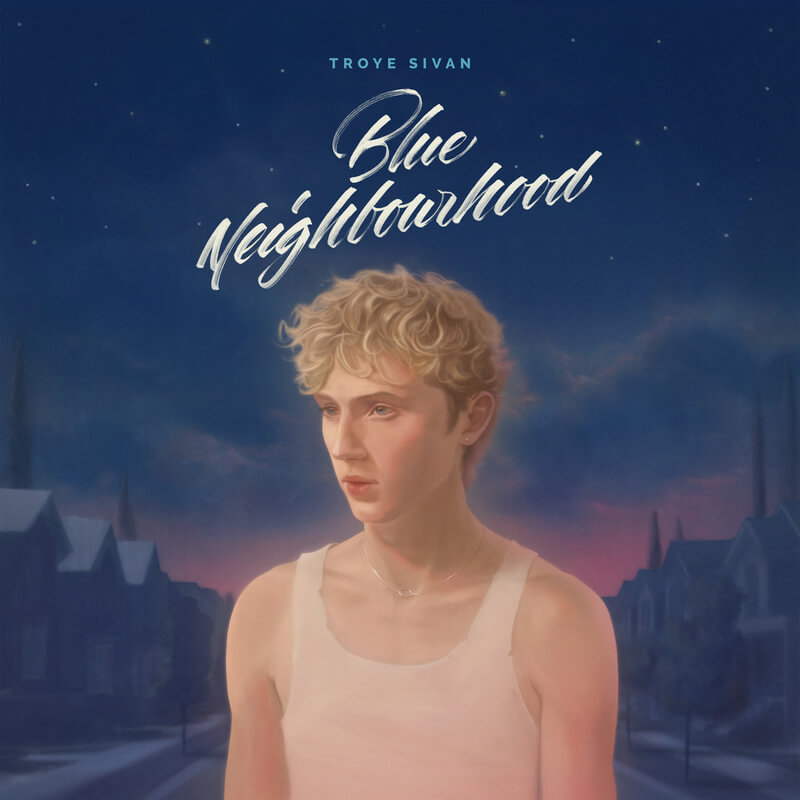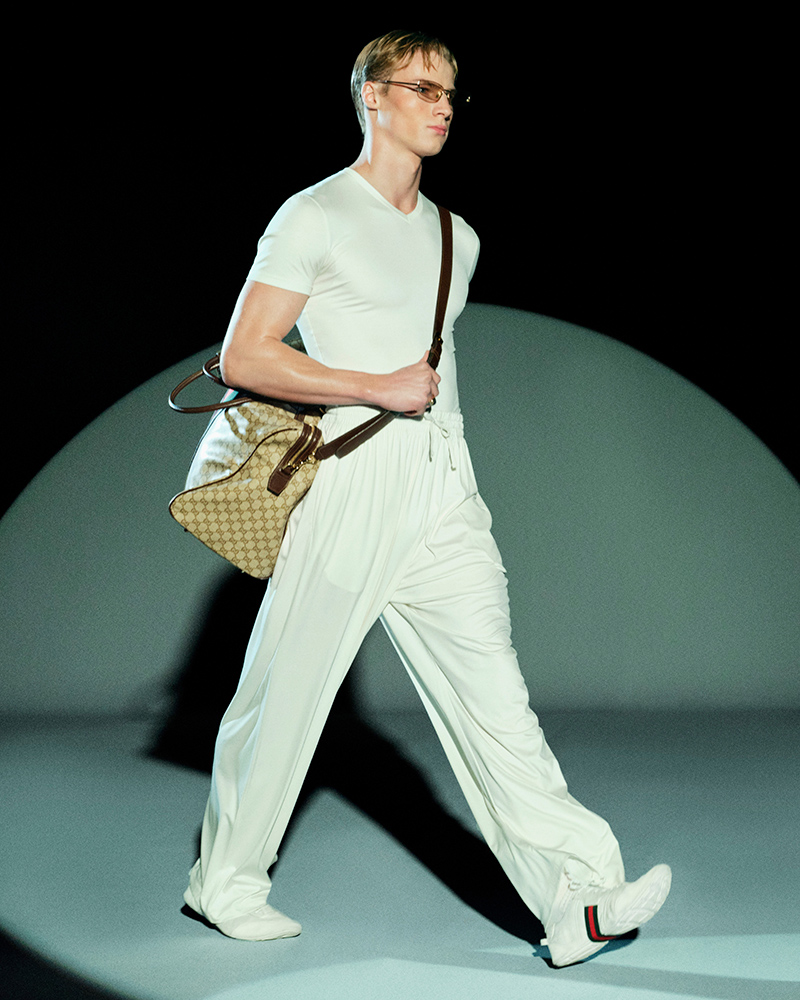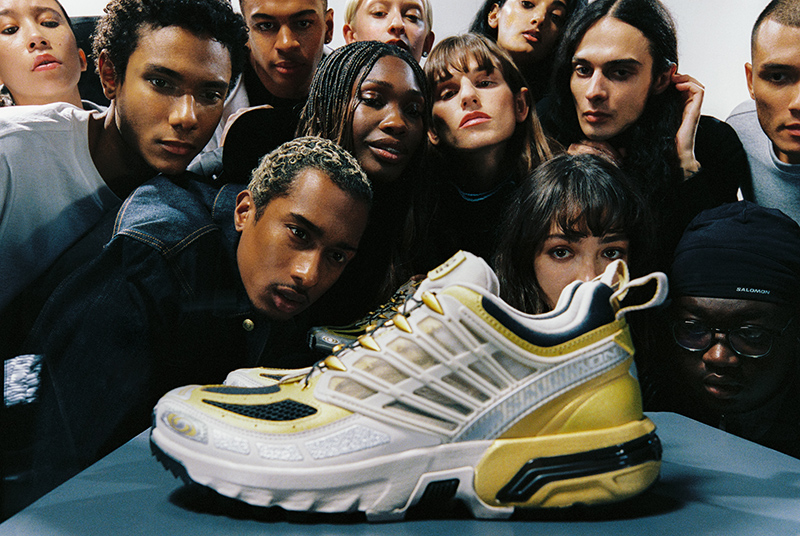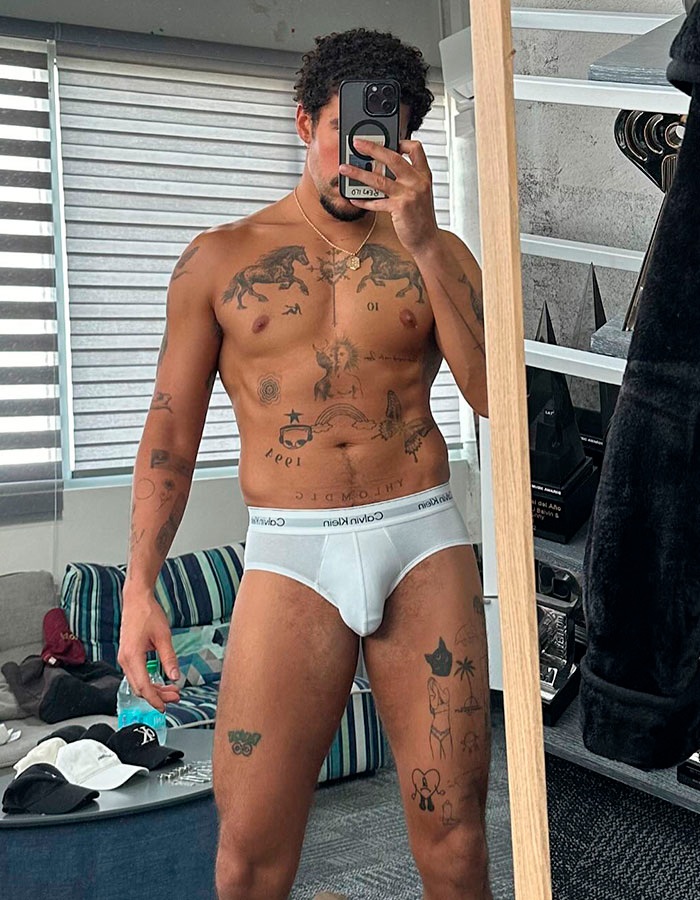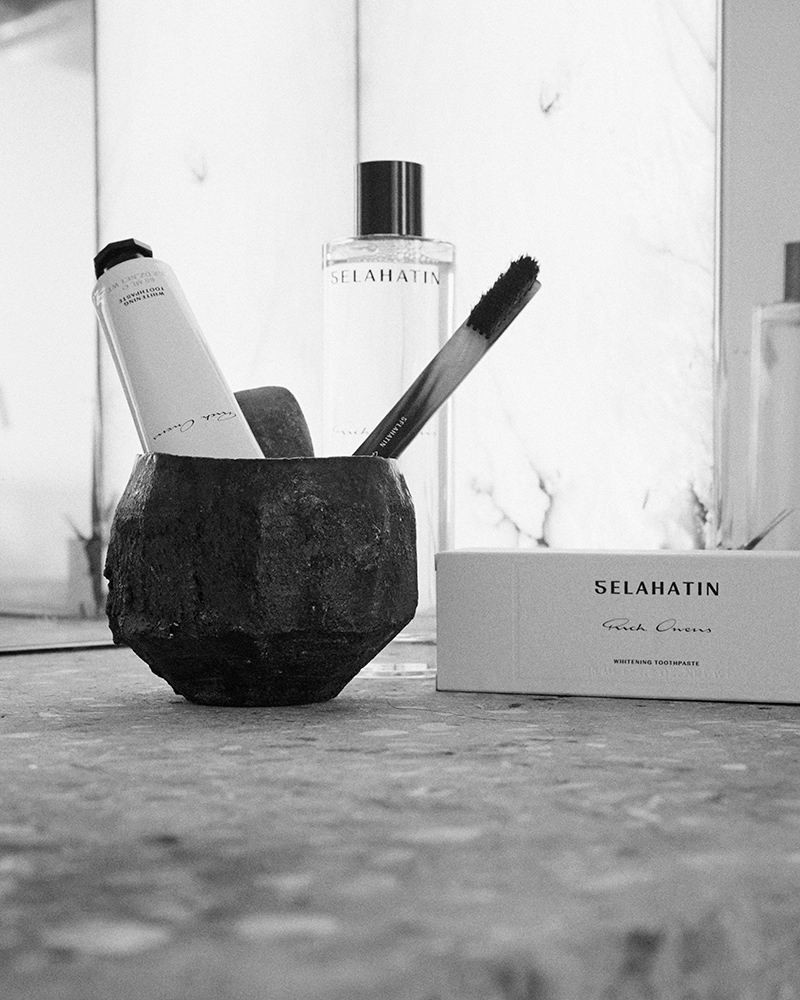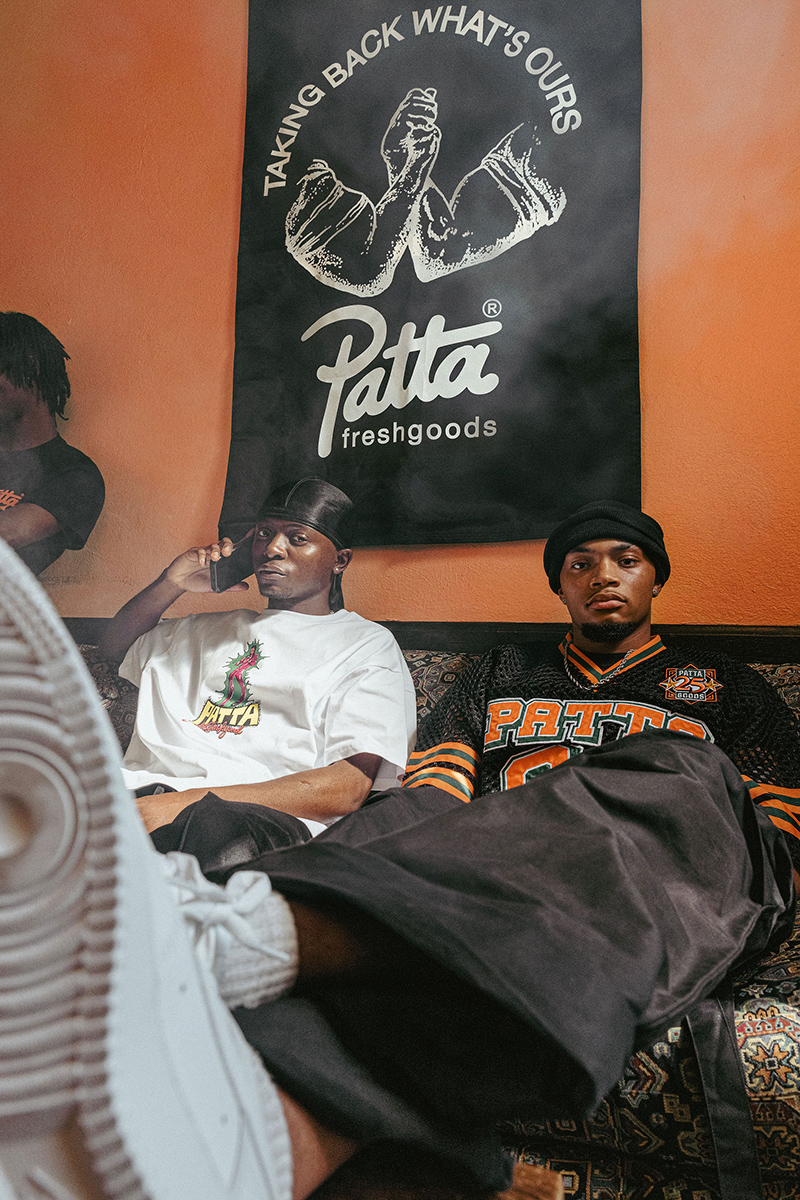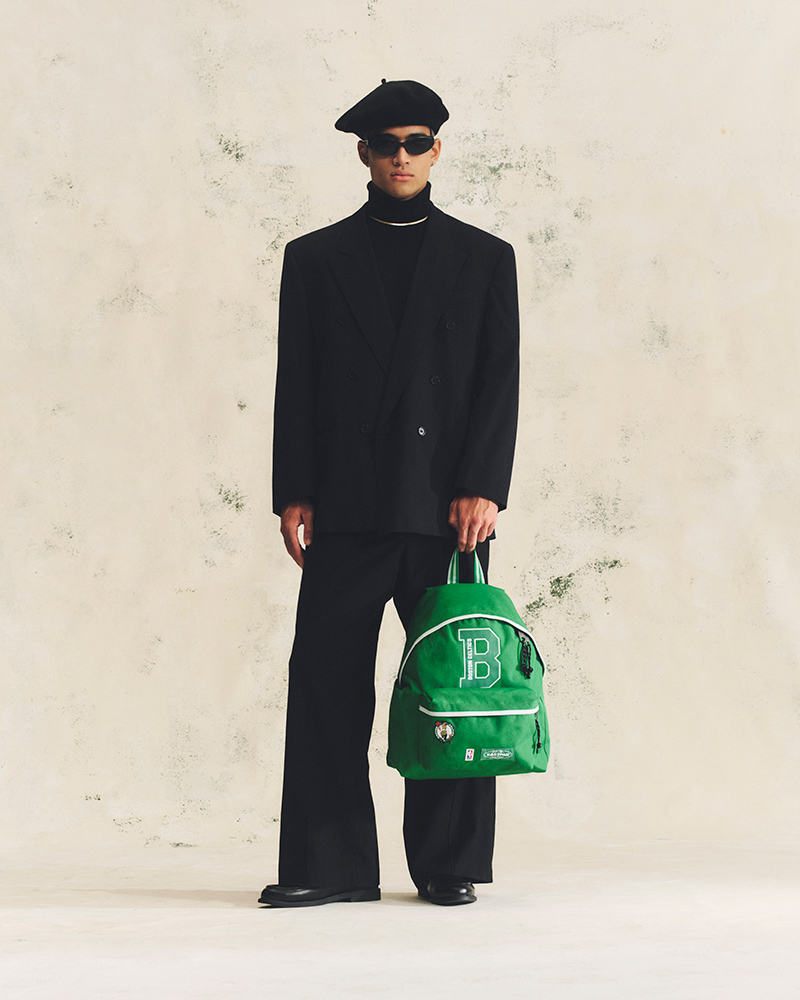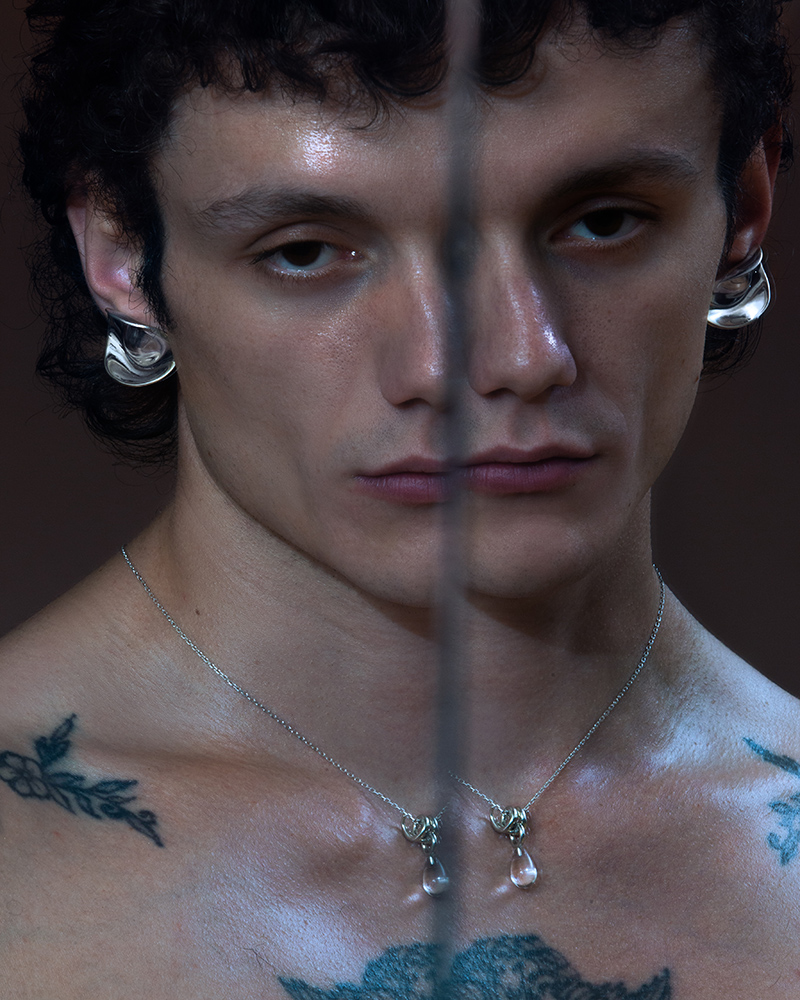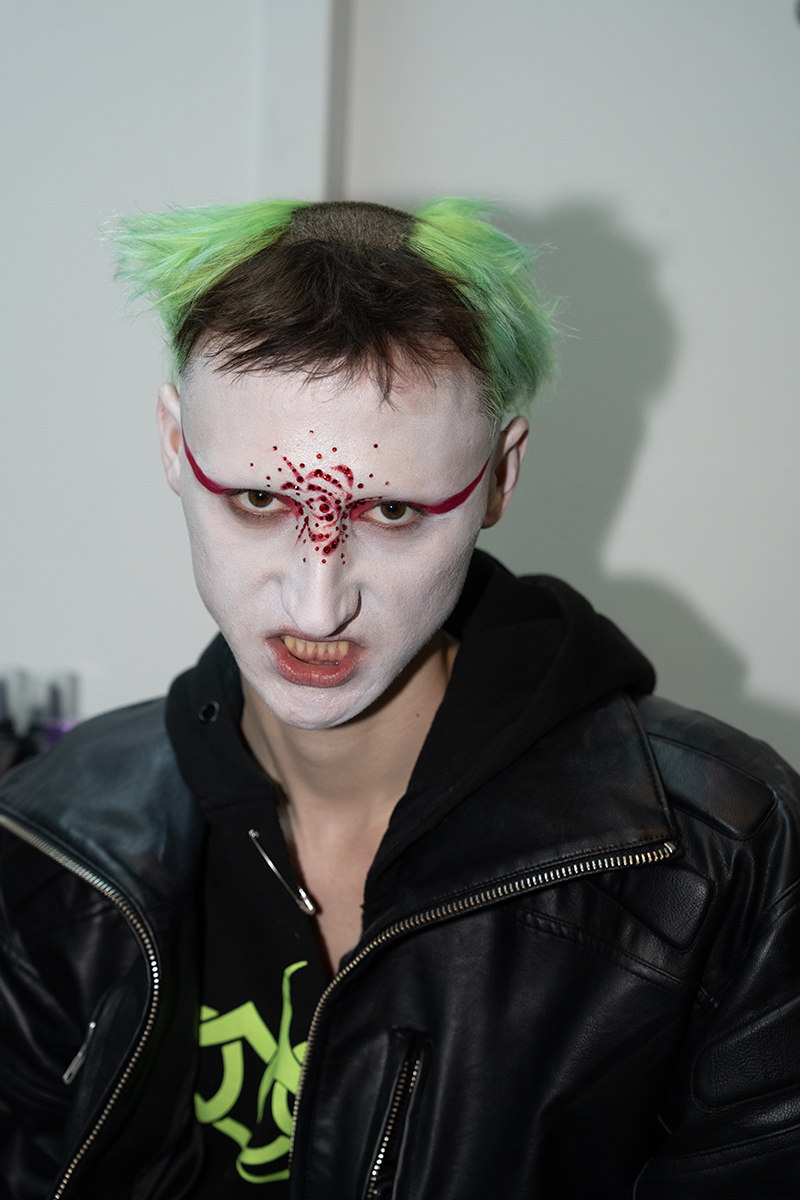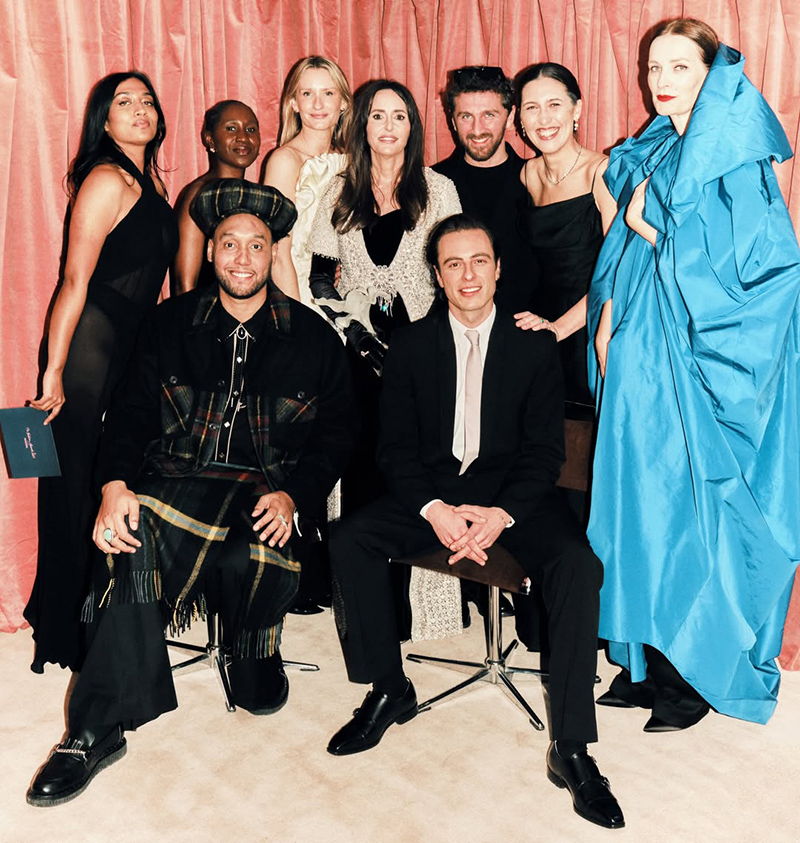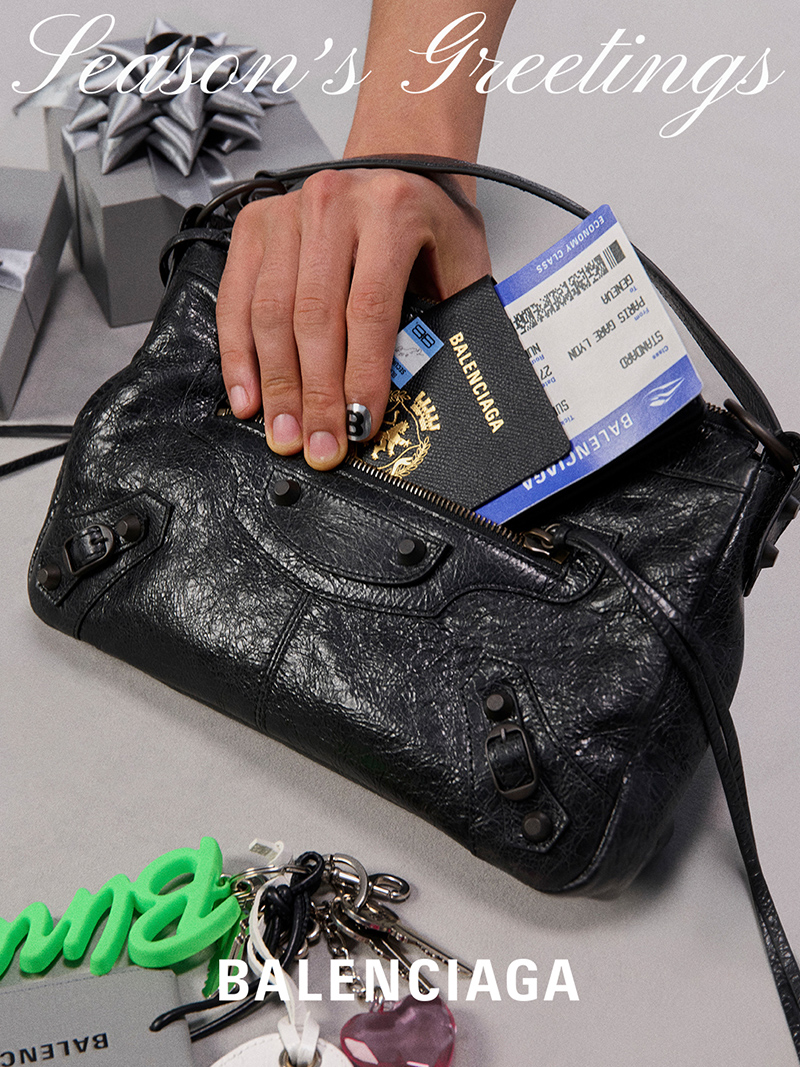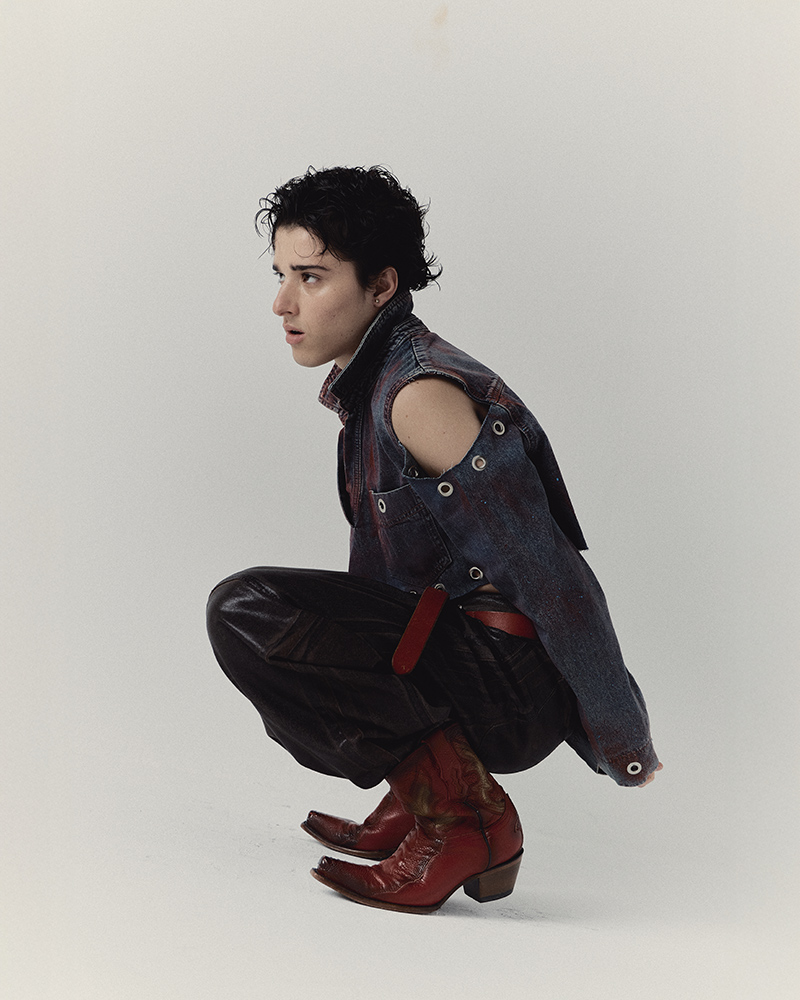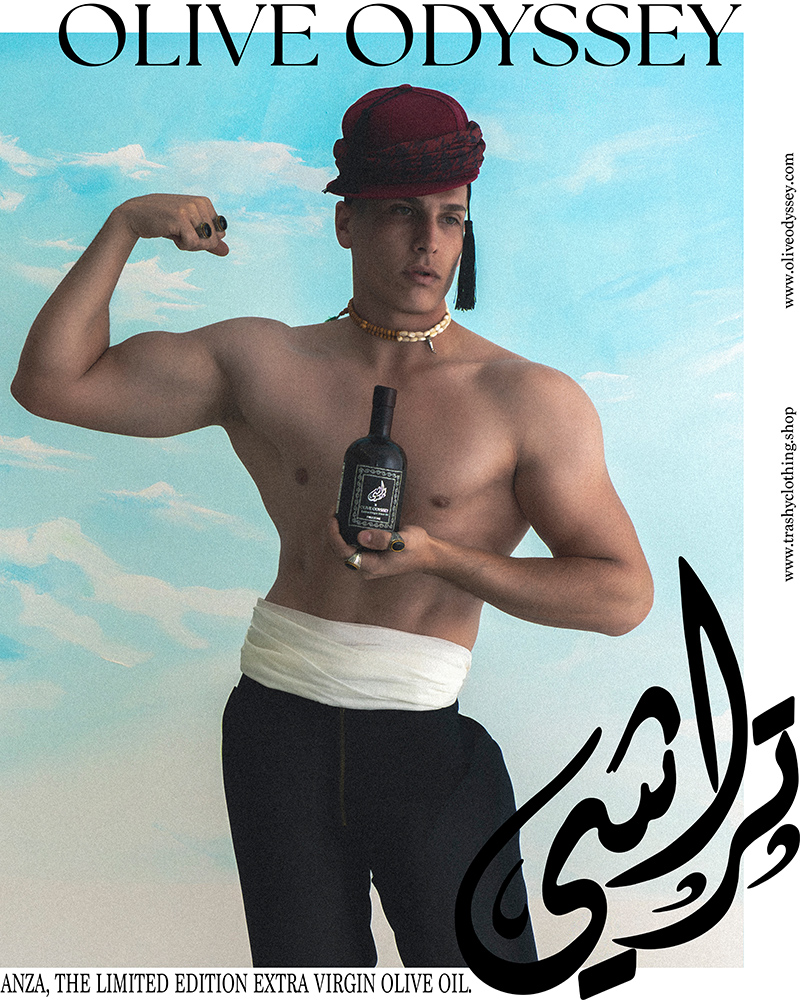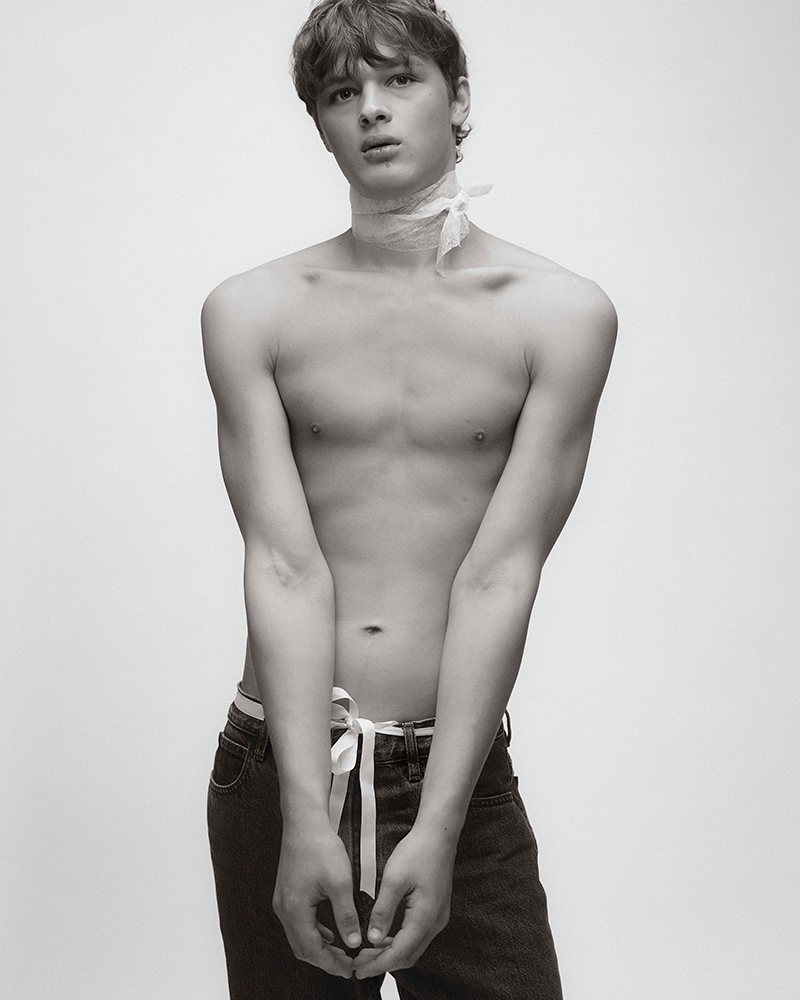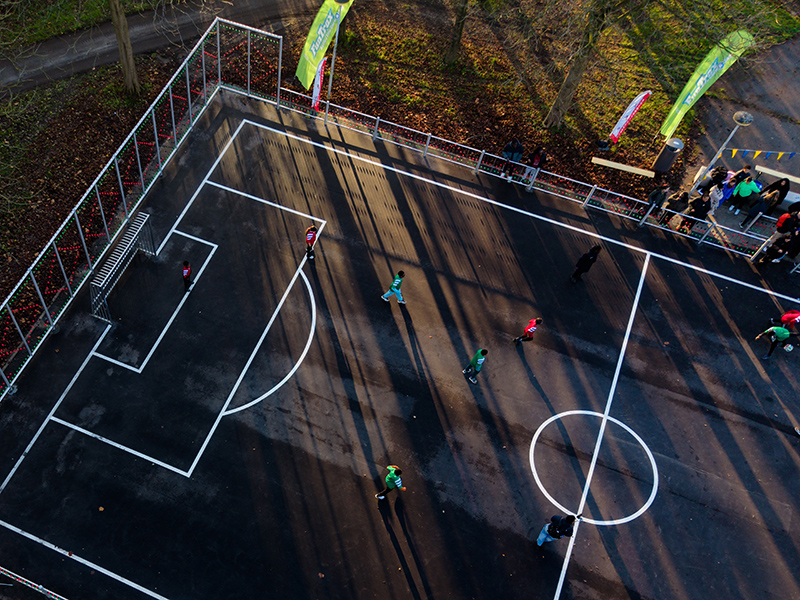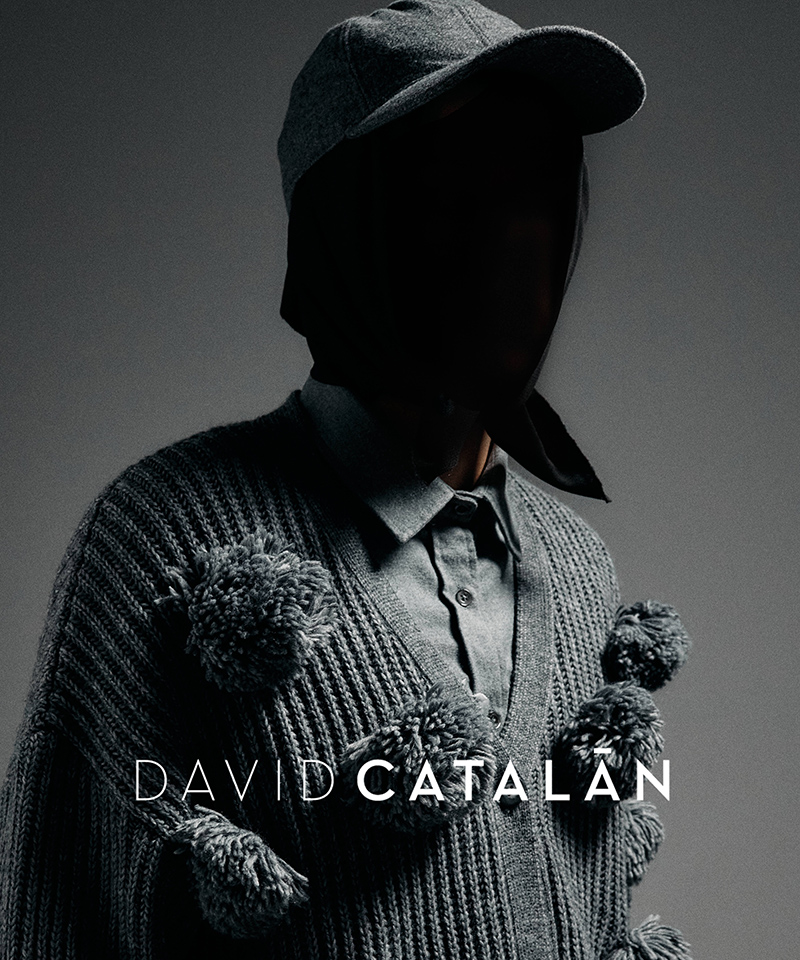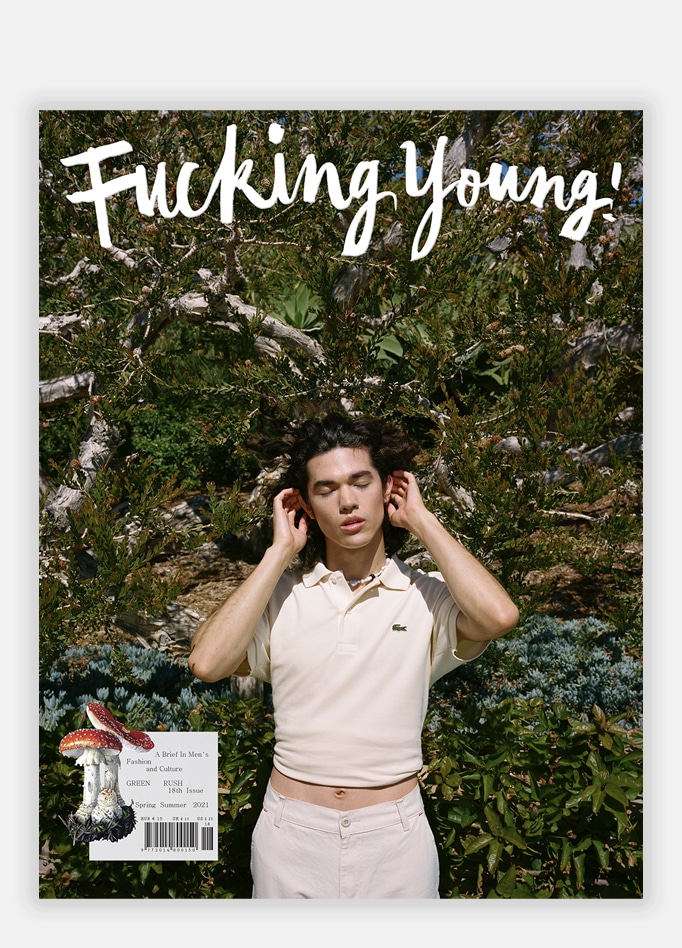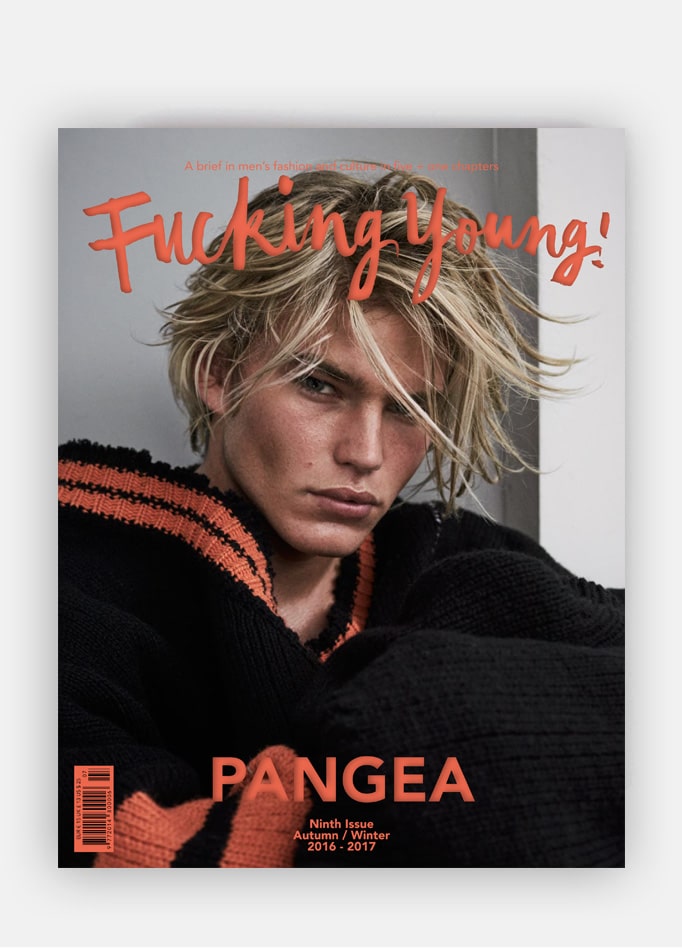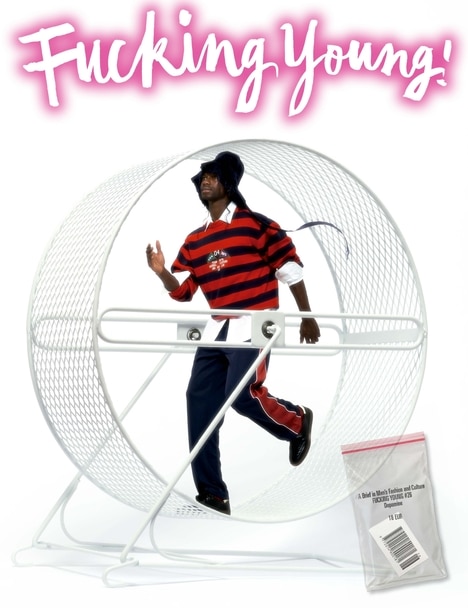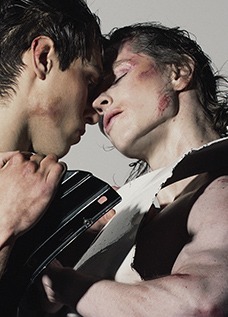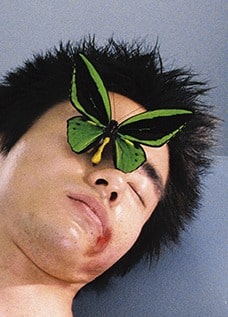With JALEO, the Valladolid-born designer turns his gaze inward, reclaiming the preppy aesthetic of his upbringing and reimagining it through humor, rebellion and upcycling.
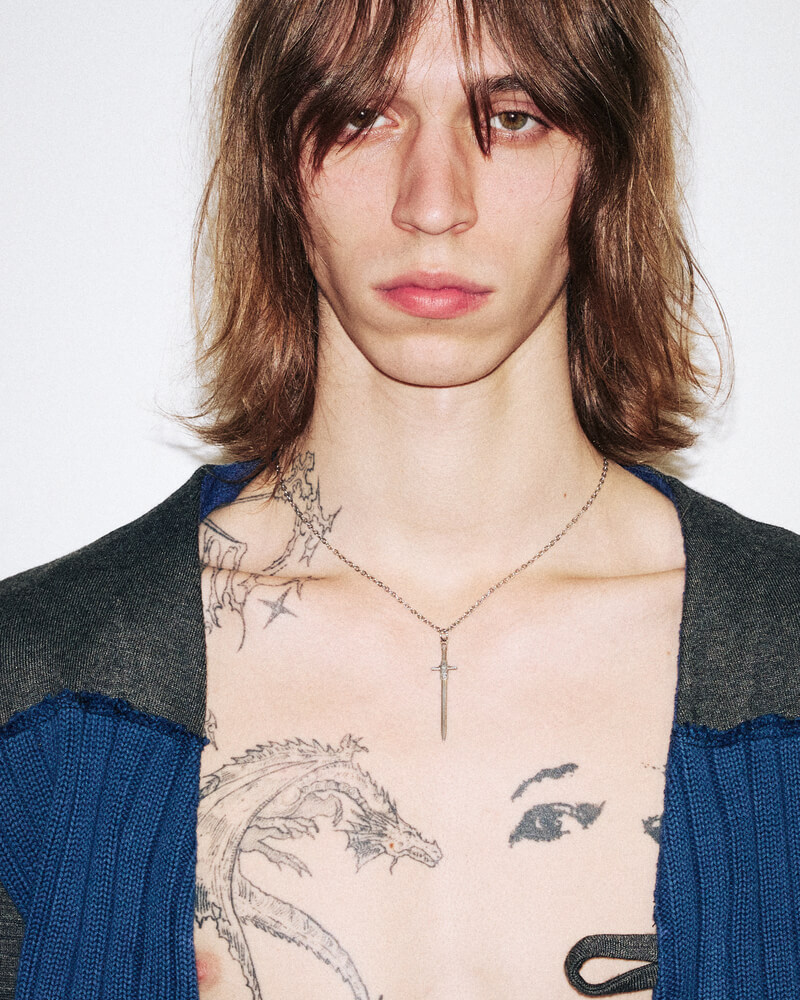
With his distinct mix of humor, irony, and craft, JUAN VG is reshaping the codes of upcycling from the inside out. Each collection grows from intuition, experimentation, and the raw material itself, found in second-hand garments that he transforms into unexpected, deeply personal silhouettes. His universe navigates a delicate balance between rebellion and refinement, drawing on his own contradictions to craft a vocabulary that feels both familiar and radically new.
With JALEO, presented at 080 Barcelona Fashion, the designer takes a decisive step forward. The collection feels like a homecoming and a declaration at once. After several seasons reshaping discarded fabrics into wearable statements, Juan turns his gaze toward the environment that shaped him – the preppy microcosm of Valladolid – and translates it into a subversive yet affectionate language. It’s an introspective act disguised as a parade of loafers, corduroy bombers, and striped shirts, where nostalgia and satire coexist seamlessly.
There’s humor, but there’s also reconciliation: a willingness to inhabit what once felt alien, and to find one’s own rhythm within it. His approach to design – deeply intuitive yet conceptually sharp – proves that upcycling can be not only responsible, but desirable. Beyond aesthetics, it’s a philosophy of adaptation and resistance through the use of what already exists, reimagining it, and giving it new meaning.
In JALEO, the seams tell stories of both past and possibility. The clothes celebrate contradiction and speak to a generation that understands identity as something fluid, full of nuance and play. We spoke to JUAN VG about dismantling stereotypes, finding humor in tradition, and turning contradictions into fashion statements.
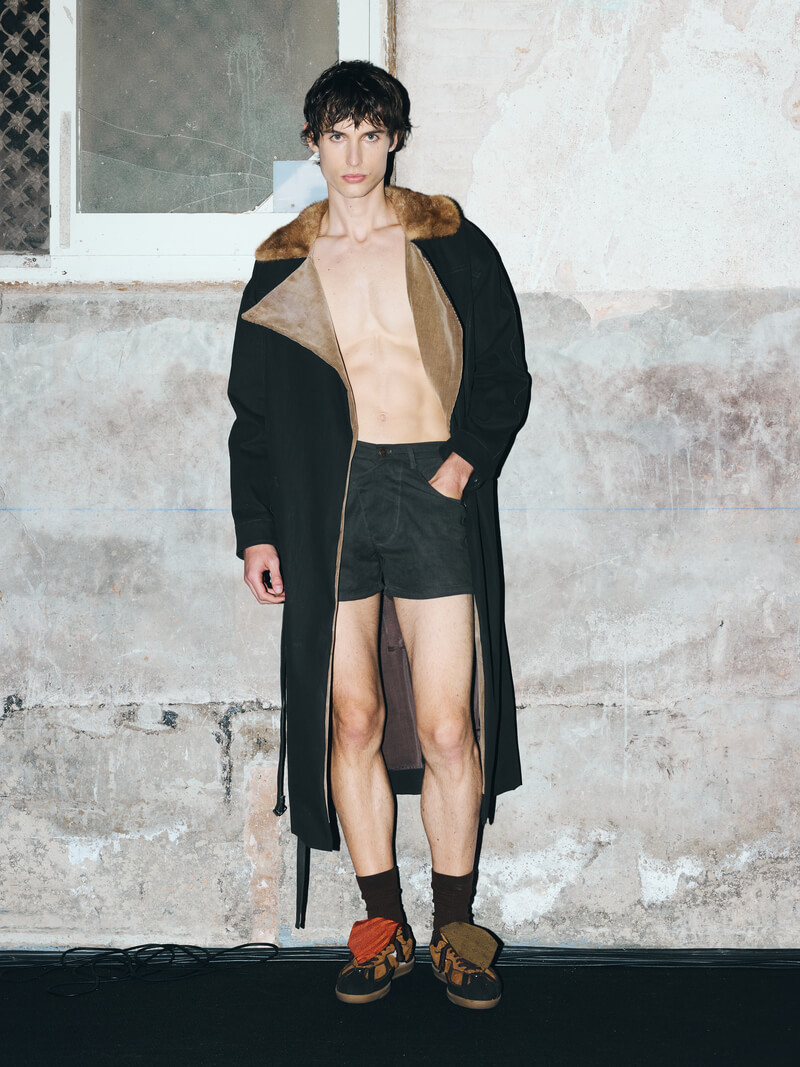
It’s your first time showing at 080 Barcelona Fashion. What does being part of this platform mean to you?
It’s a way of changing things up. After showing twice at Madrid Fashion Week, I felt I needed to expand and introduce the brand in Barcelona, beyond where I was already known. 080 also has a much more international projection, which is interesting for me, since that’s where the brand moves in terms of sales.
JALEO is an exploration of the “cayetano” and its aesthetic universe. What led you to reconcile with a figure that isn’t always well-regarded?
Honestly, being born in Valladolid, one of the preppiest cities in Spain, and having grown up in that environment my whole life, I wanted to get away from it, to detach myself from that aesthetic I didn’t feel identified with. But after reflecting, I realized that I’m all those things: I’m preppy, I’m rebellious, and one doesn’t cancel out the other. You can flow between them and still be yourself.
So with this collection, I wanted to exalt that preppy universe, deconstruct it, and bring it to my own territory, to the way I’d like to see a “pijo” dressed. The brand’s aesthetic has always mixed a distressed vibe with the classic preppy look from Valladolid, so this time I just focused more on the preppy side.
You say the collection isn’t a critique, but a reinterpretation. What did you want to express about that “pijo” aesthetic?
Exactly that. I’ve lived in a world of “pijos,” and I don’t like doing things at their expense. My goal wasn’t to mock preppy aesthetics or preppy people, it was more about transforming those dress codes in my own way, giving their style a twist without losing that rebellious spirit that defines the brand. I wanted to unify worlds, so that when you break down each piece, a preppy guy could see himself in it, but so could someone more alternative, depending on your own style.
Basically, I wanted someone who’s always hated the light-blue-shirt-and-beige-trousers combo to see it in their wardrobe now, and for the preppy guy to realize he can wear a corduroy bomber or cut-out corduroy pants.
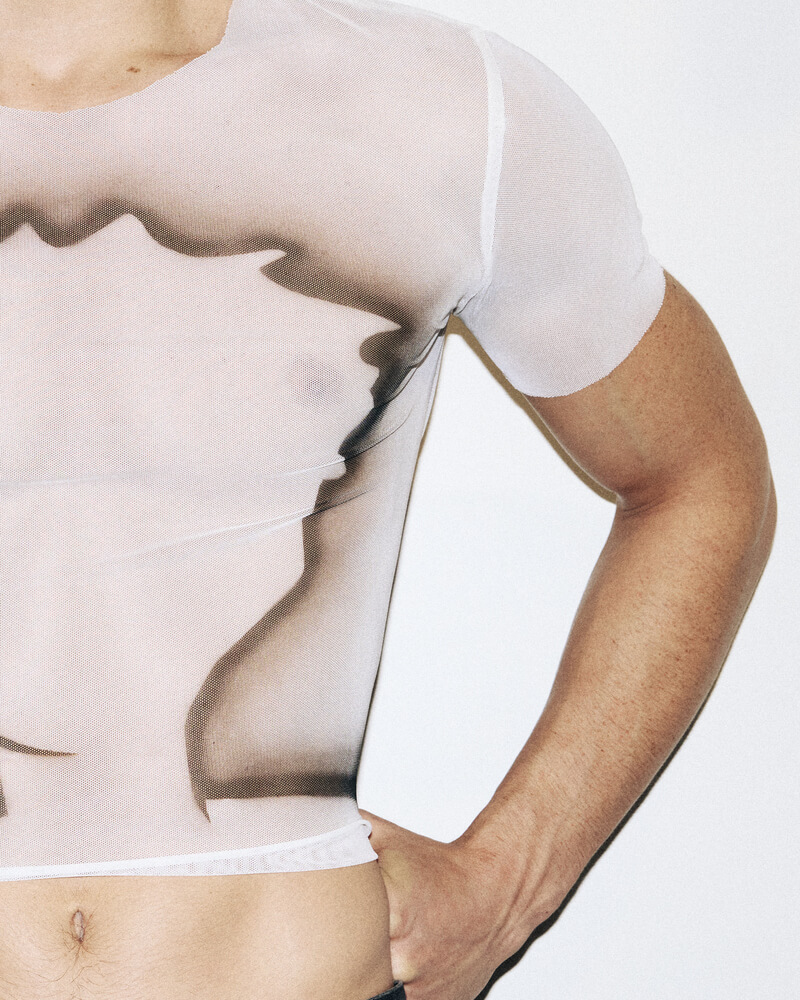
How do you translate the concept of the “nuevo pijo” into silhouettes, textures, or details?
It’s a mix of classic, stylish, and fun, with character, a bit cocky, and with a sexy edge.
Within the brand’s aesthetic and visual world, I wanted to go for my own version of “quiet luxury.” In the collection, I gave shirts a sexy twist by shortening them and raising the side slits, adding asymmetric collars, while still keeping them looking like striped or plain shirts at first glance. I transformed pieces like the Barbour jacket, the denim jacket, straight trousers, and even the two-piece fabric pyjamas set, which is the preppy pyjamas par excellence. I also recreated sequin skirts and tops from deadstock button-down shirts. I worked with materials that are already brand staples: denim, poplin, corduroy, neckties, and crochet.
JALEO is designed to accompany the new preppy guy through every moment of his routine. How did you adapt the garments to achieve that?
That concept was the thread that guided me throughout the process. It helped me focus on specific aspects I could later expand upon to reach the result you see now.
In this collection, you have everything, from preppies in fabric pyjamas, to knit sweaters and jeans for a casual morning coffee with friends, to tracksuits that reference those mainstream brands that drive preppies crazy just by adding a logo, and even more elegant looks for parties or formal events. After all, there are different types of “pijos” too: the more understated one, the fun one, the modern one… It was all about playing with those personalities until creating the final mix you’ve seen.
You come from a very intuitive practice rooted in upcycling. How do you balance that spontaneous, material-driven spirit with such a narrative-driven collection?
As you know, the brand is based on upcycling. Everything is made from second-hand garments I source from Solidança, and for this collection I also used deadstock fabrics from StockTextiles.
I always say that designing with limited materials forces me to think harder, and within what I’ve already designed, the materials add more texture, more story, and even push me to restructure original designs in ways that make them look better. For example, the corduroy bomber in this collection is made from five pairs of corduroy pants. If I’d had endless color or fabric options, the pattern and color palette wouldn’t have been the same. The format and seams were adapted to what I had on hand, making the most out of it. That kind of puzzle-solving is something I really enjoy, and where my strength lies.
It’s all about adapting to the material without losing the aesthetic, vision, or goal you want to show. Like, who would’ve thought that the striped shirts made from ties actually use more than 20 ties each? I wanted to do it with fewer, but it was impossible to get straight lines otherwise, and I wanted those straight stripes. So it’s all about finding that balance between material and design.
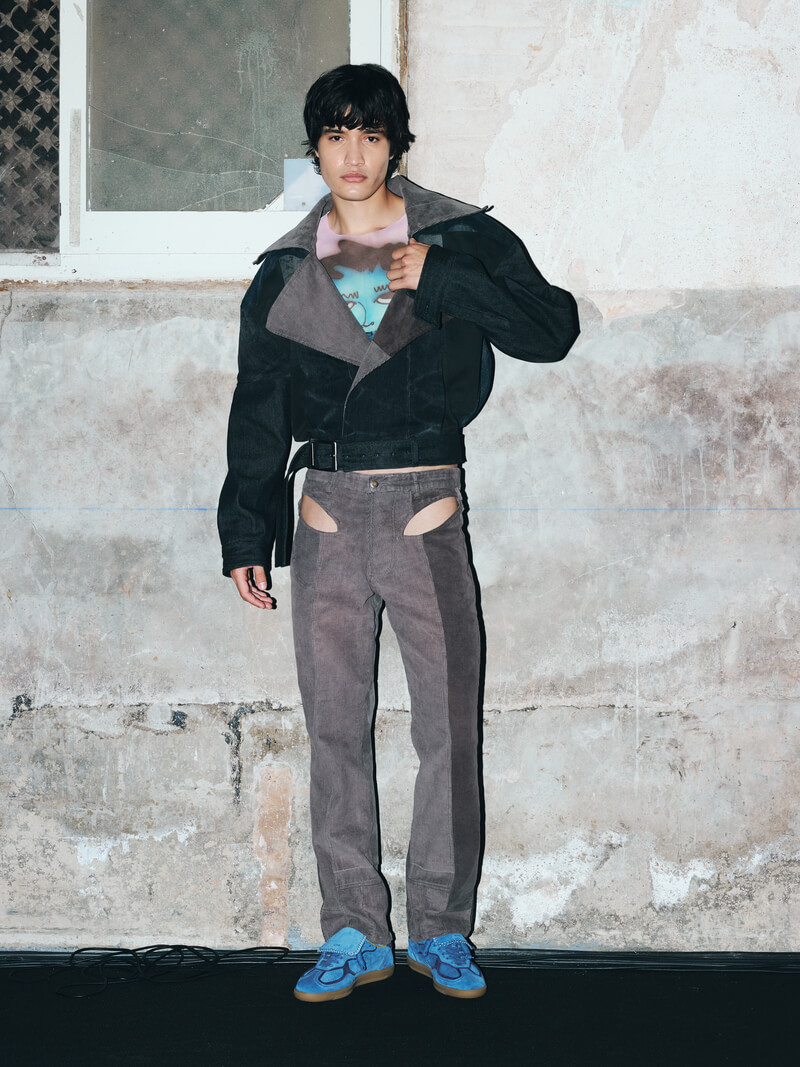
You’ve been working with second-hand garments since the beginning, even before you knew the term “upcycling.” What does transforming something used into something new mean to you today?
It’s honestly the only way I know how to design. Giving a new life to a garment that someone will later buy, wear differently, and keep adding to its story feels amazing. And at the same time, even as a small brand, being able to promote a more responsible way of consuming feels important to me. My whole vision and design approach comes from wanting to prove that upcycling can be a profitable way to create, that it can result in wearable clothing you actually see people wearing on the street. I want my clothes to be worn, lived in, used. Clothes are made to be dressed in.
Your work combines irony, rebellion, and elegance. How do you find that exact point where a garment remains wearable but not conventional?
That’s exactly what I focus on when designing. It’s what JUAN VG exists for. I want to design pieces with a strong, original aesthetic, but that you can still break down and see: it’s a pair of jeans, a jacket, or a shirt that’s completely wearable and easy to mix with the rest of your wardrobe.
With upcycling, I really play with seams and materials to give that distinctive touch that makes someone choose one of my pieces over another, but keeping it grounded so the customer actually wants to buy it.
The collection plays with icons of classic masculine style, from blazers and sweaters over the shoulders to loafers. How was the process of deconstructing these symbols without losing their essence?
It always starts with volumes, changing the usual structures of a shirt or basic jean, playing with asymmetry and movement. That’s where the asymmetric fly fronts and collars come from, the trousers with straps, or the oversized coats with giant collars. The Barbour-style look with the braided belt, for example. Each design has its own reference, from photos I take of people walking around Valladolid to more modern aesthetics. Mixing that with my own design language and illustrations gives shape to the twenty-eight looks that make up JALEO.
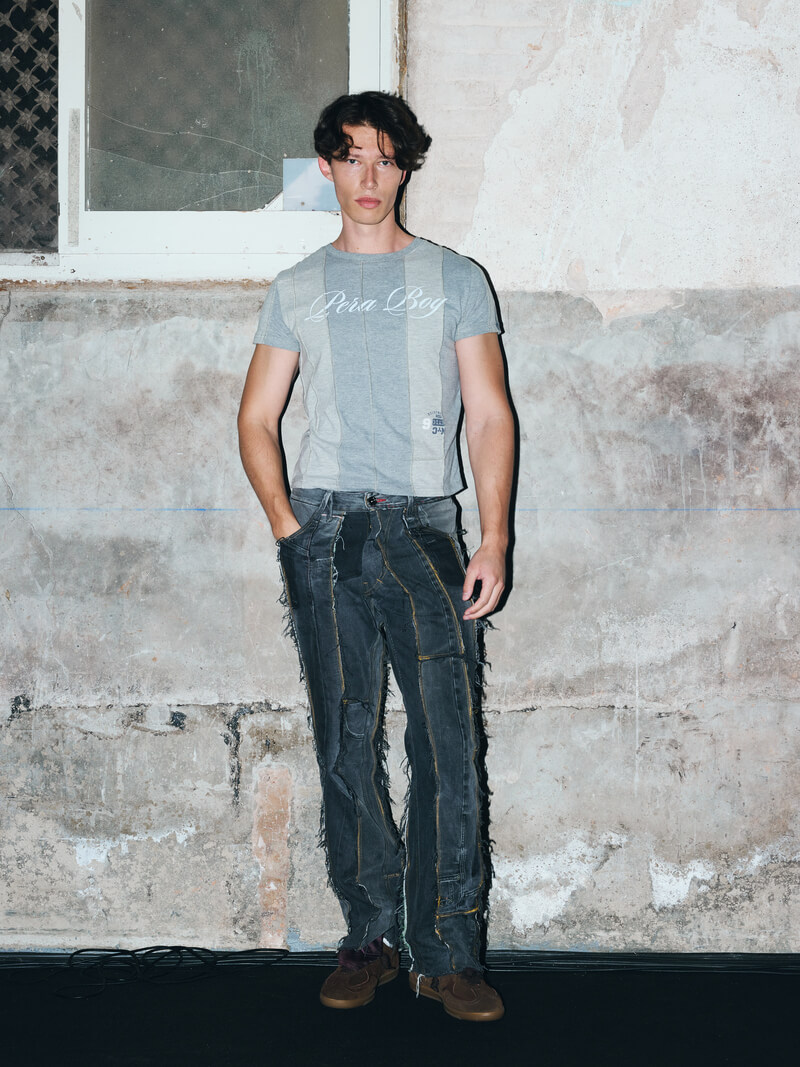
What role does humor play in your vision of fashion?
Humor is very present in my designs and in the brand’s image, from the looks, to the models’ attitude, the music, even the name of the collection.
JALEO is named after the nightclub I used to go to at 16 in Valladolid. It’s where all the private-school kids went out to party. The show’s soundtrack is a mix of Hombres G songs, the band that popularized the word “pijo”.
In the collection, you’ll find more sober looks, but suddenly a guy walks out wearing hand-painted pants with an illustration of someone rolling a cigarette, or T-shirts that say PERA BOY. Before the term “pijo” existed, people used to say “niño pera”, which I find hilarious. I wanted to bring that back and own it, like, yes, I’m a pera boy, and being able to laugh about it, to admit that deep down we’re all a bit preppy, aren’t we?
And what better way to embrace that than collaborating with two “preppy” brands that I love: Alohas for the shoes and 1994 for the jewelry. I think it’s incredible that they wanted to join my world, it really added to the collection.
I’m also a bit tired of this idea that fashion always has to be sexy, serious, and dark. I think we’re overdoing it. Fashion should have humor too.
Menswear is living one of its most liberated moments. What interests you about exploring this new, freer masculinity?
It’s honestly great to see all the new possibilities opening up in men’s structures and cuts that didn’t exist before, and even more exciting to see how it’s becoming normalized to wear them. Thinking I can contribute to that in some way feels amazing.
What’s next? Where would you like to see the brand evolve?
My goal with JUAN VG is to position it as a much more solid, stable brand. To say: “I’m here, and I’m here to stay.” With JALEO, I feel like I’ve been able to show where the brand is heading and define an aesthetic that truly represents who I am as a designer.
I want to expand both in Spain and abroad, grow the team so I can take on more than I can right now by myself, and prove that upcycling does work, people do like it. And that it’s honestly fucking great.
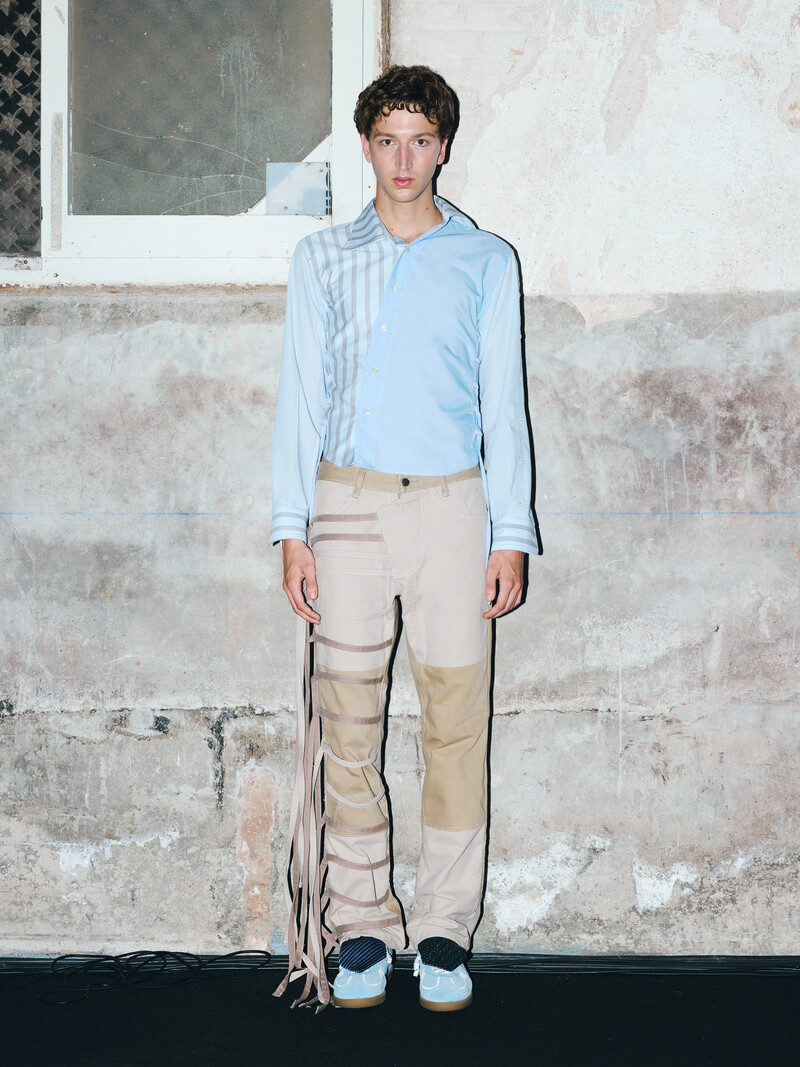
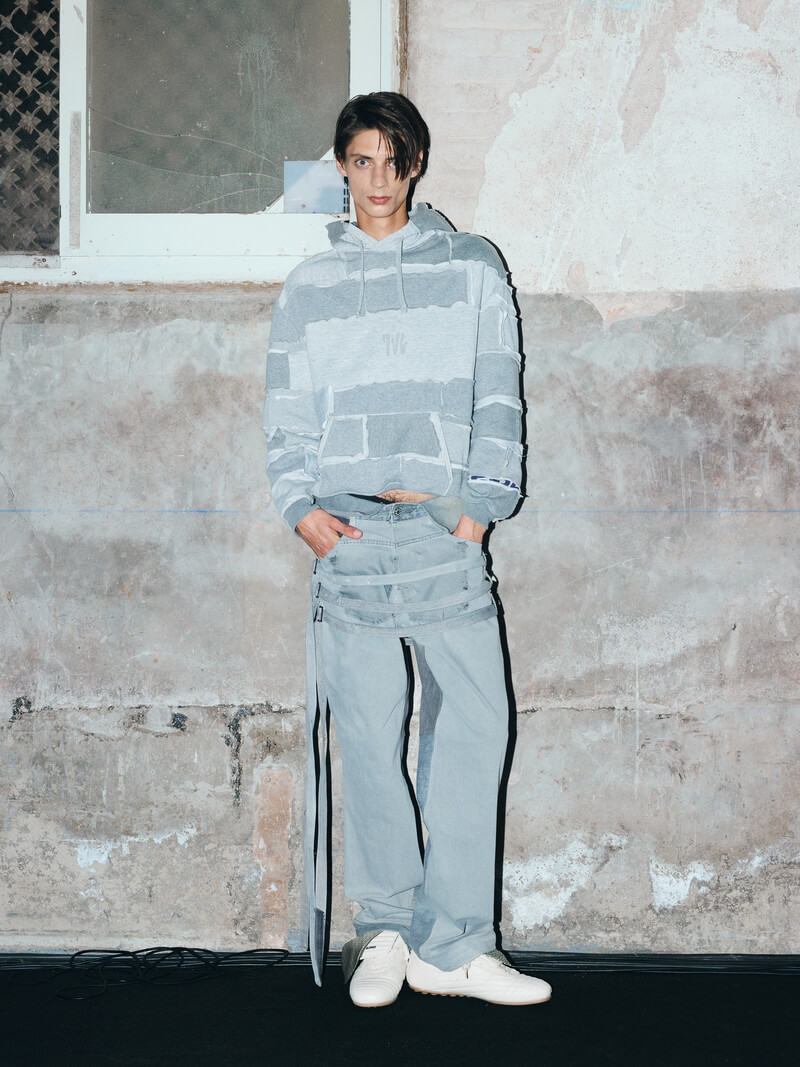
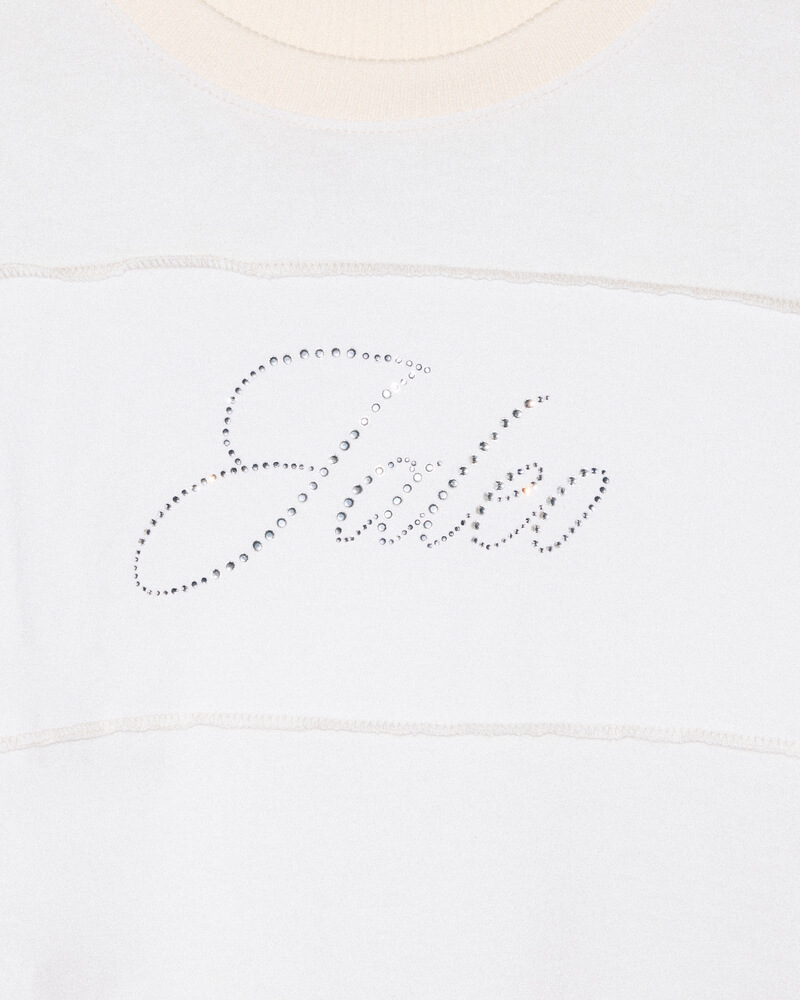
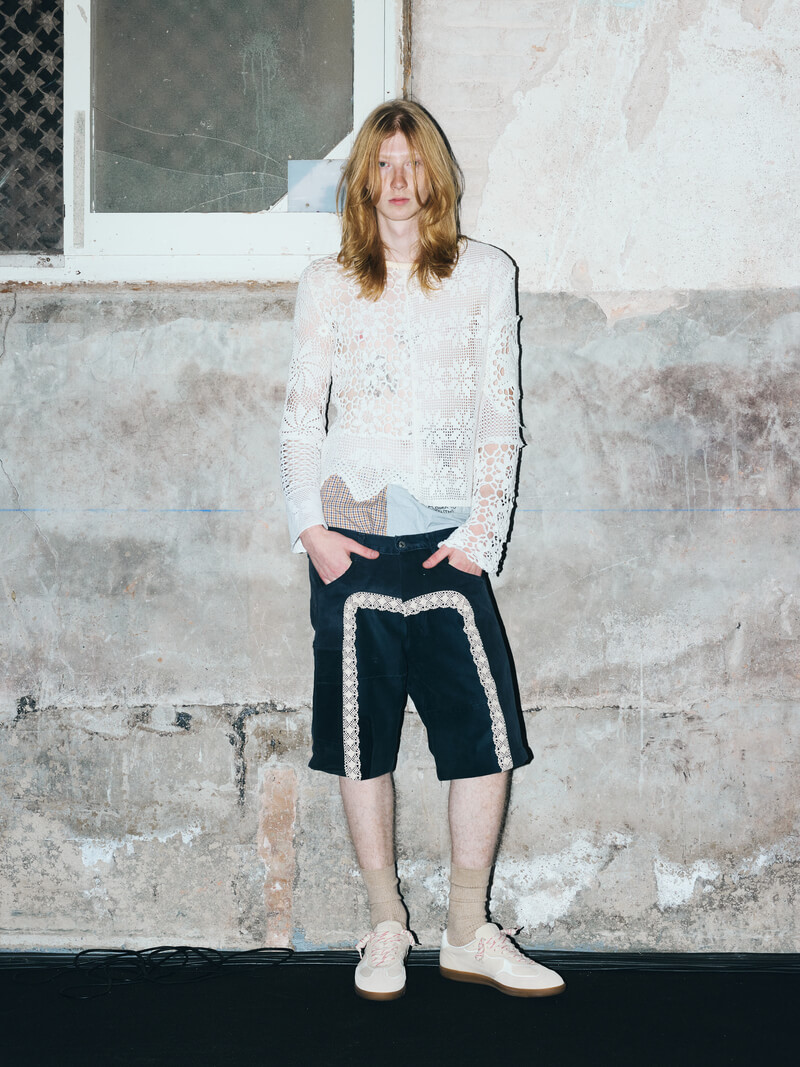
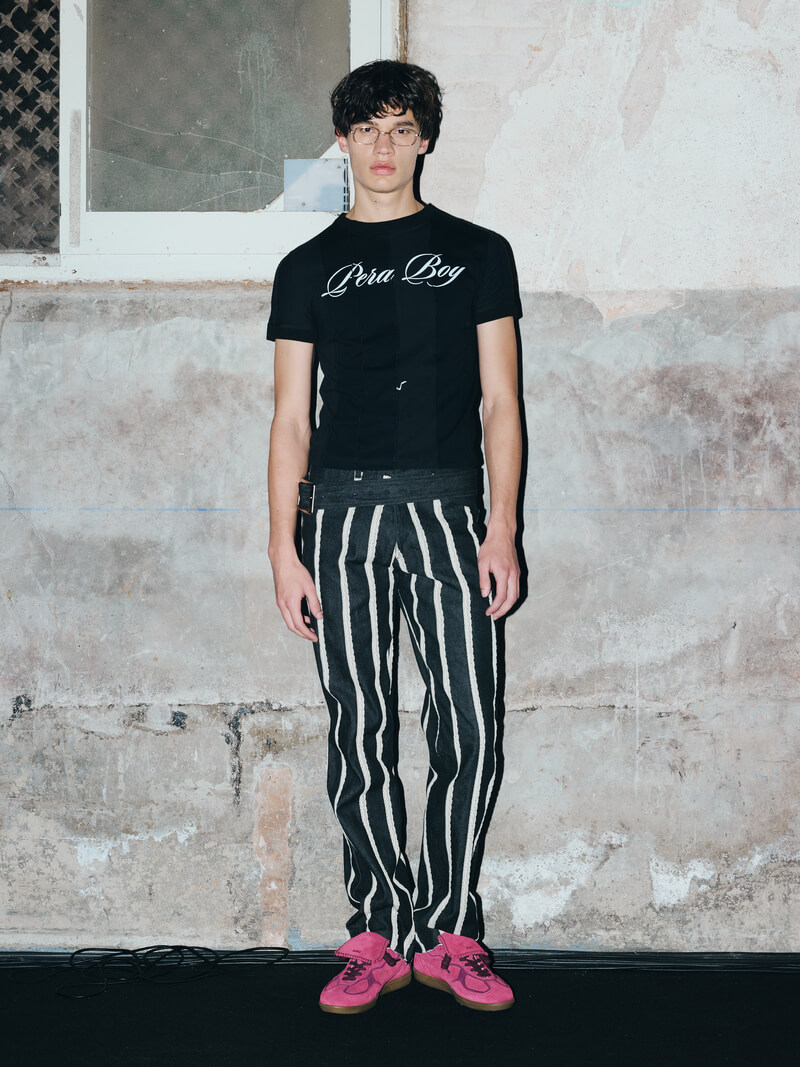
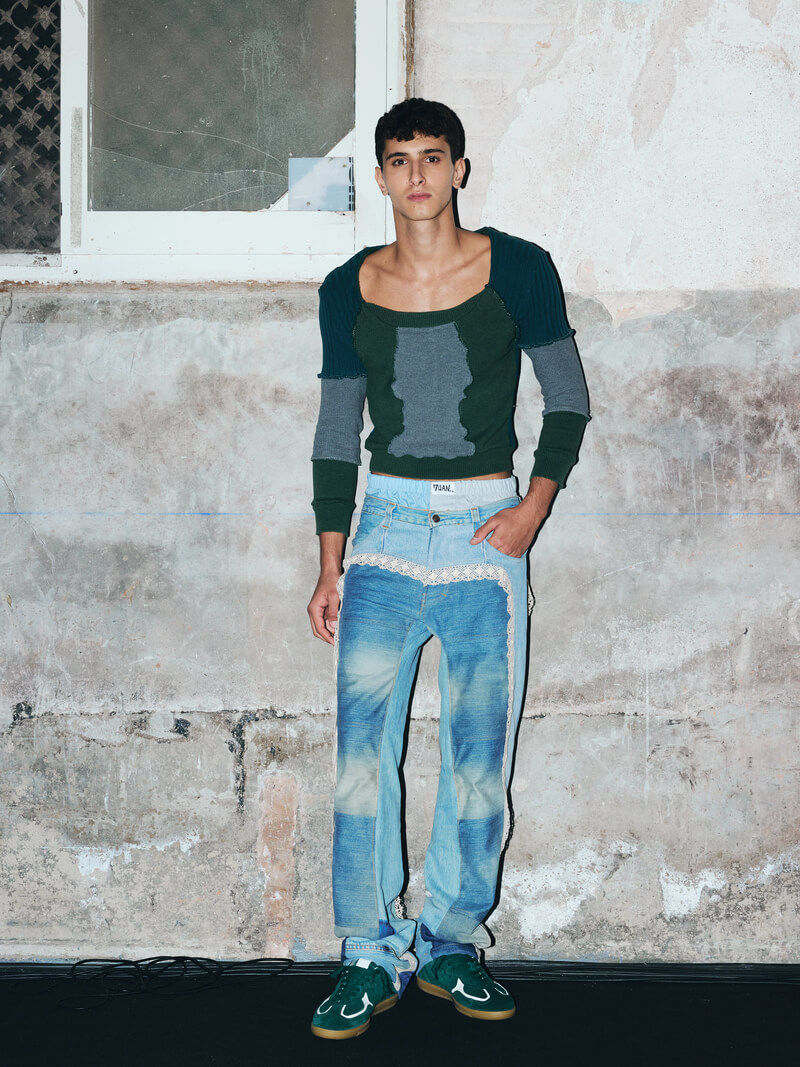
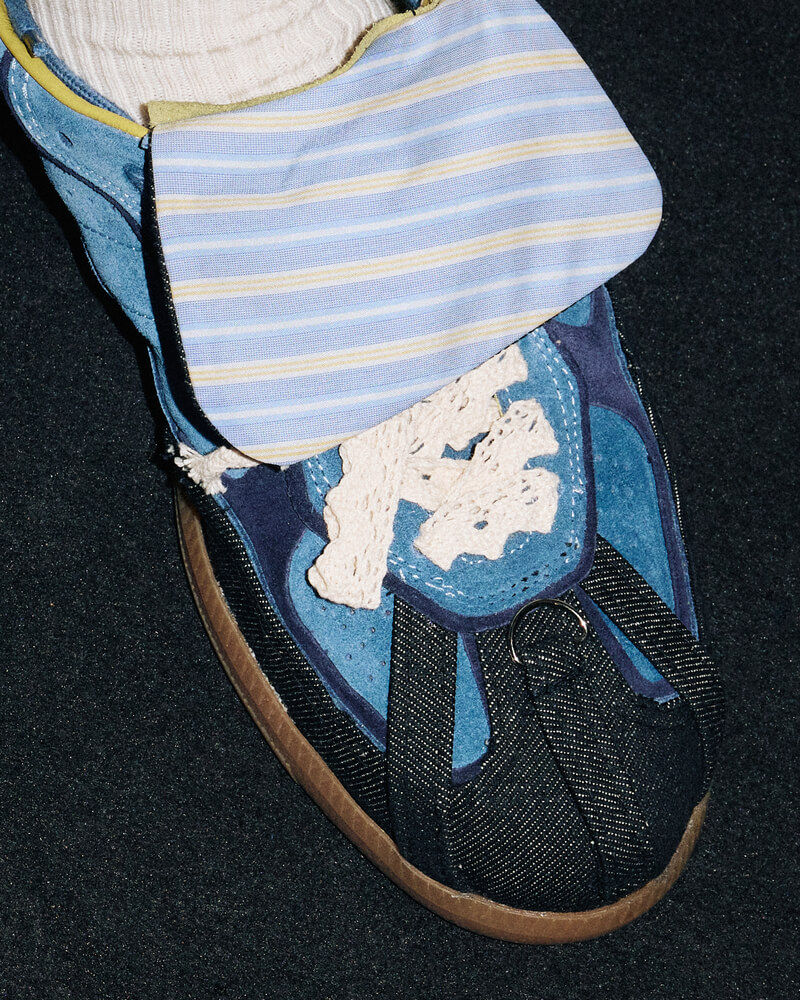
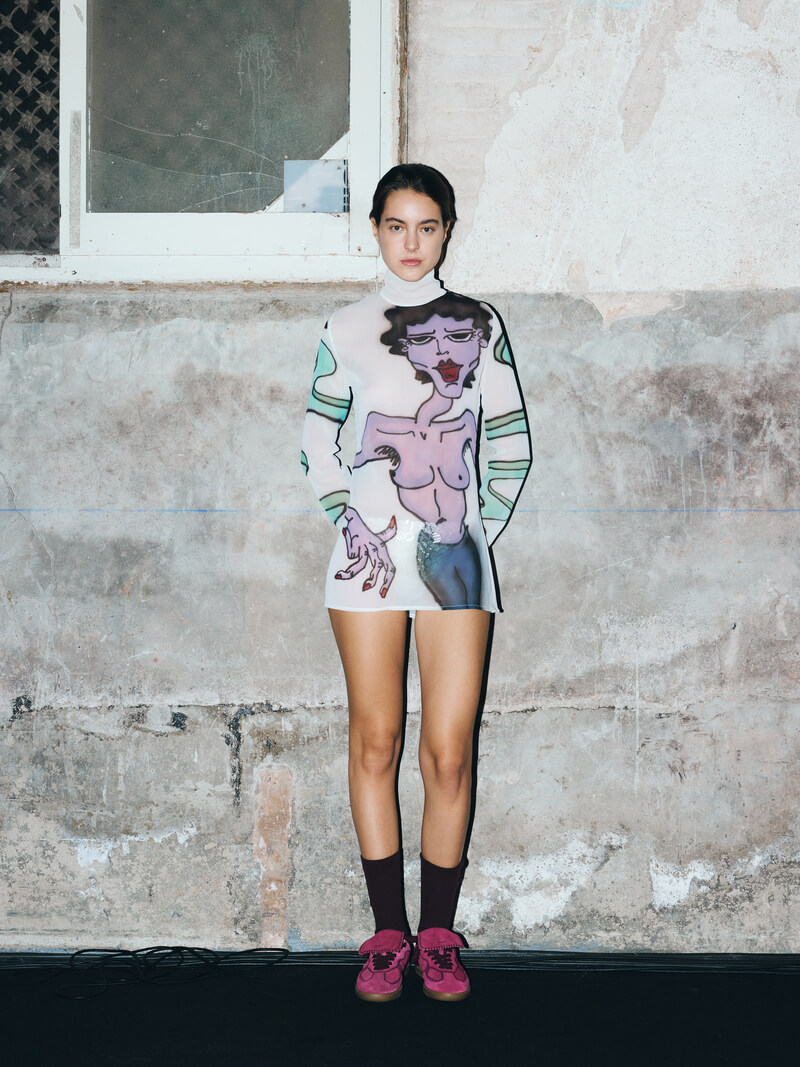
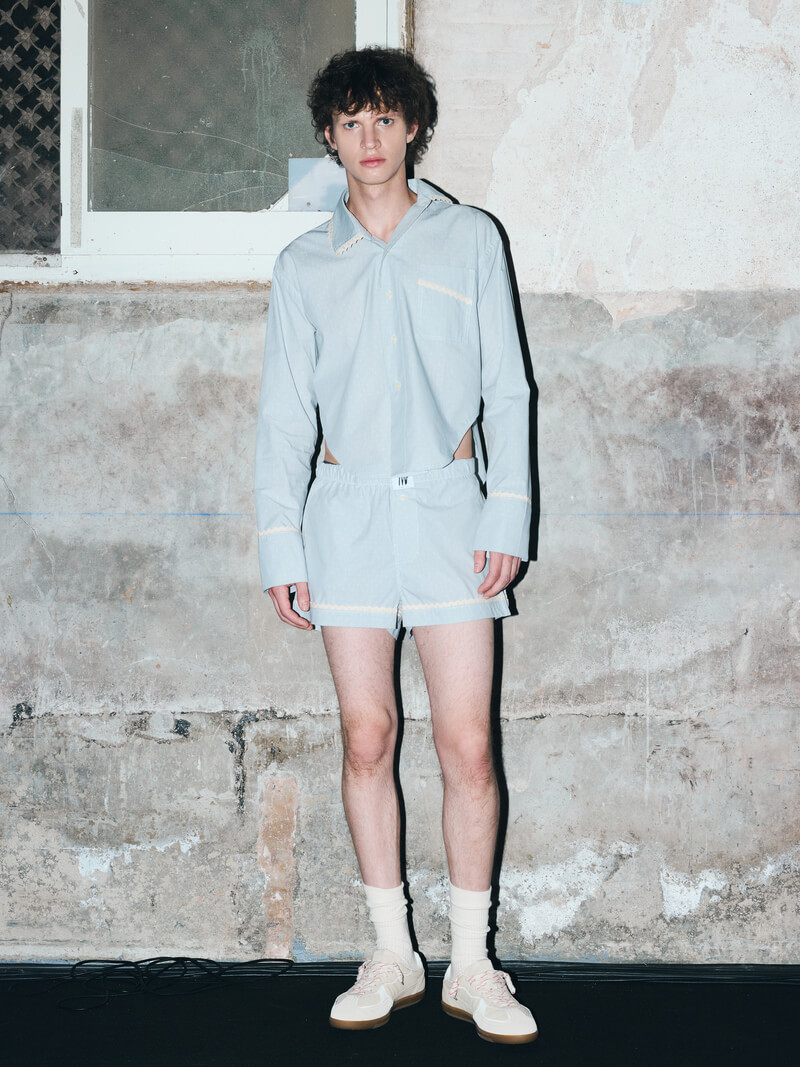
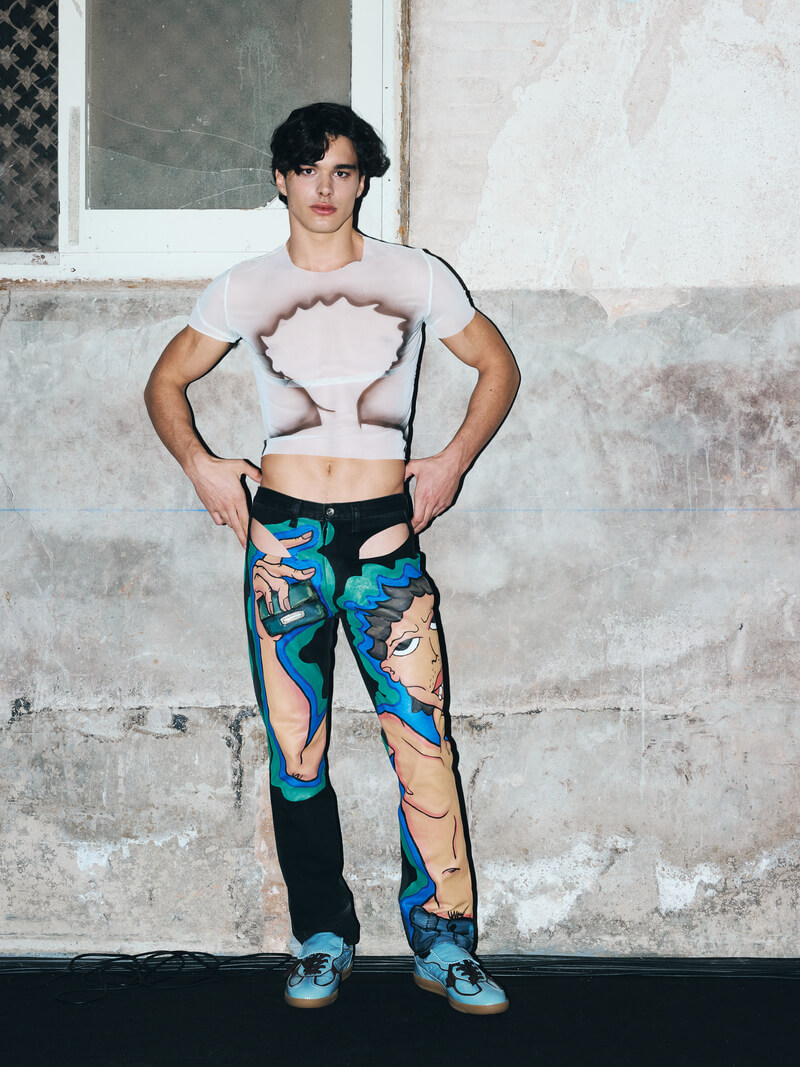
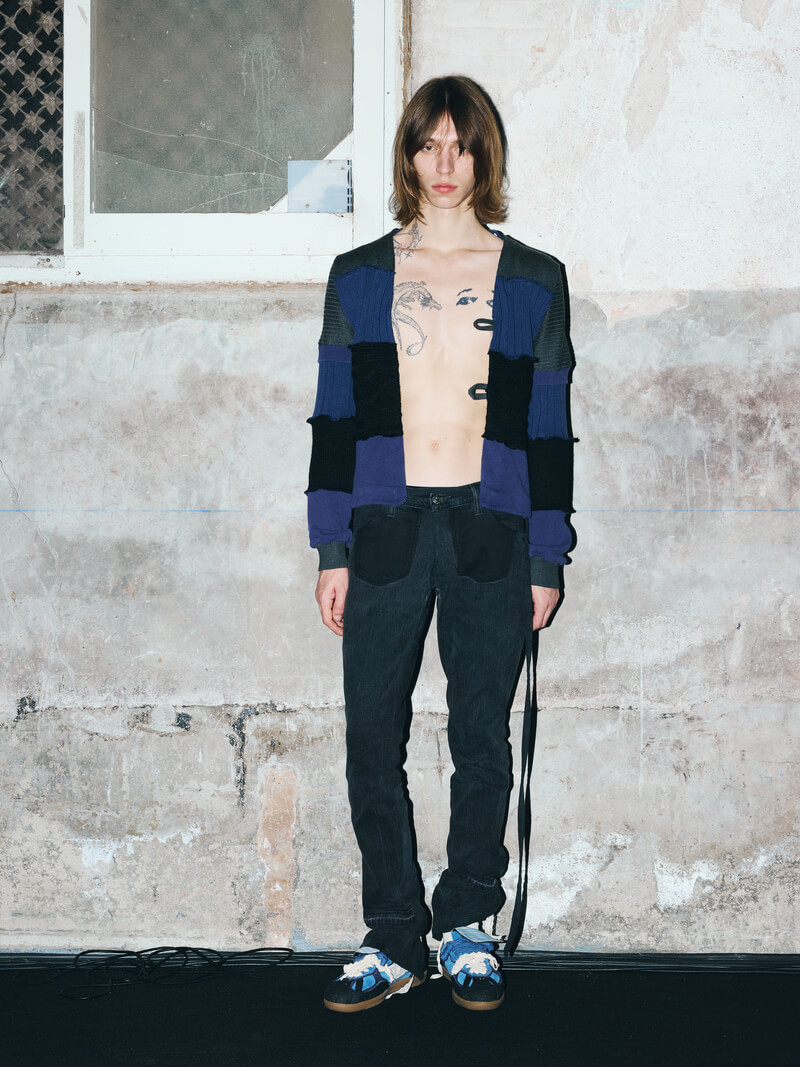
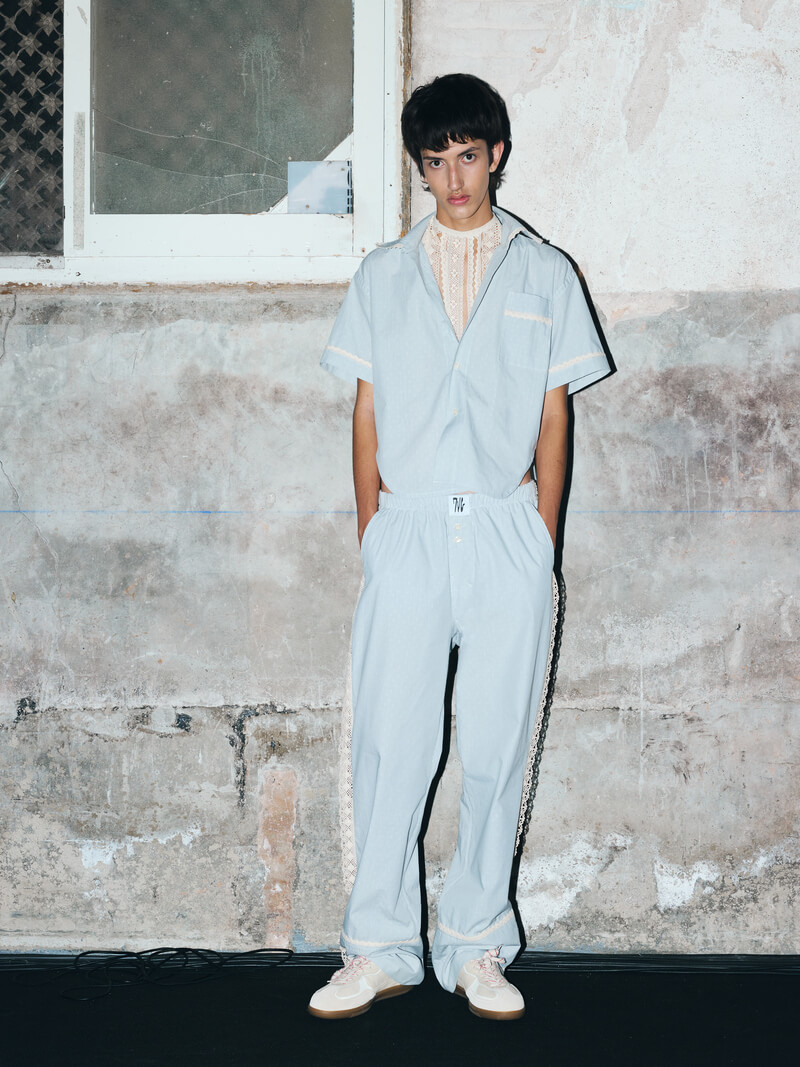
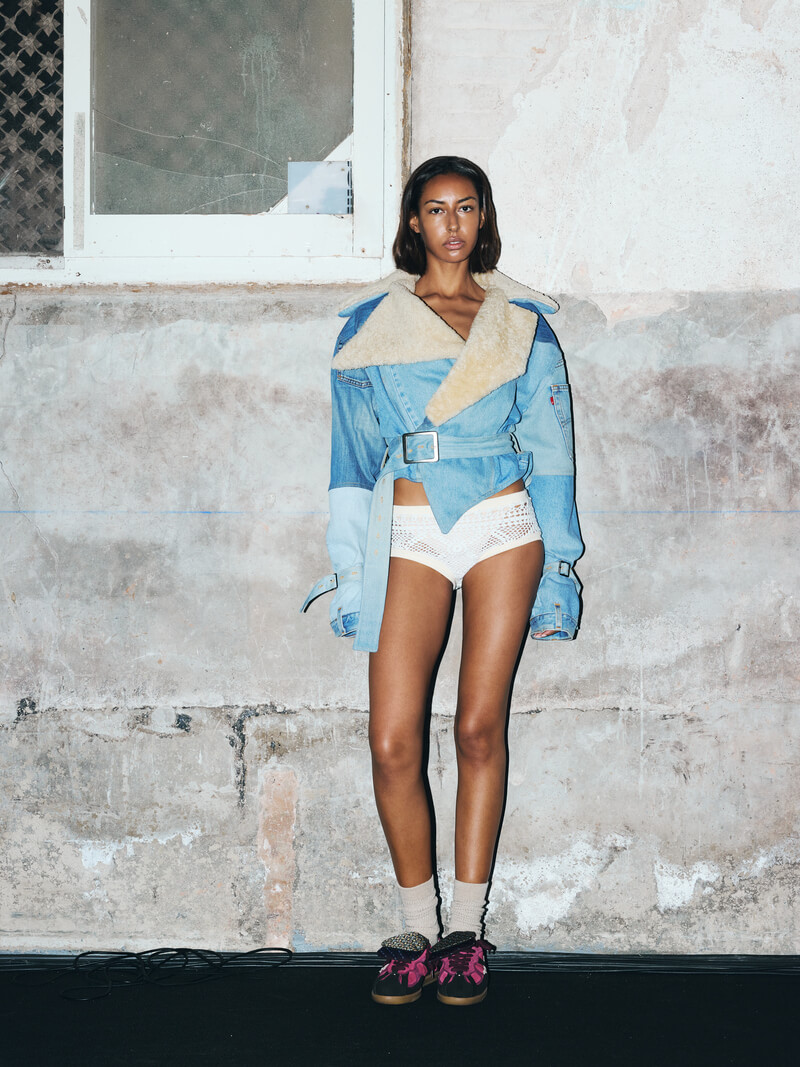
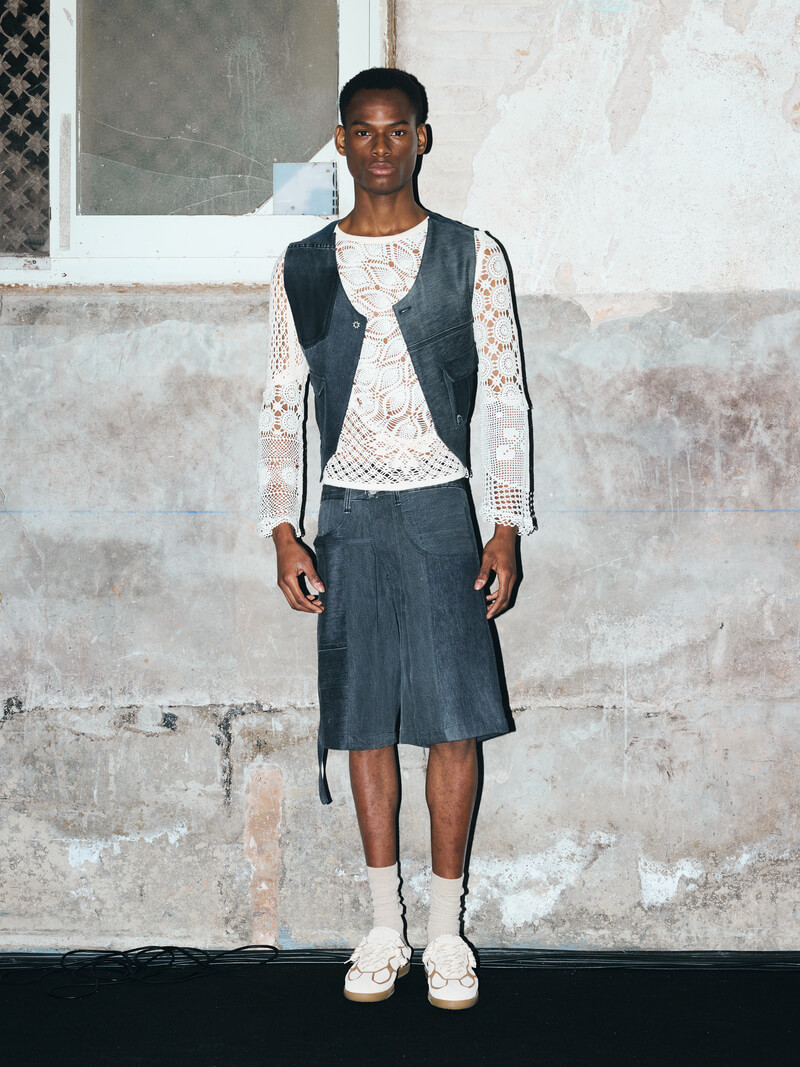
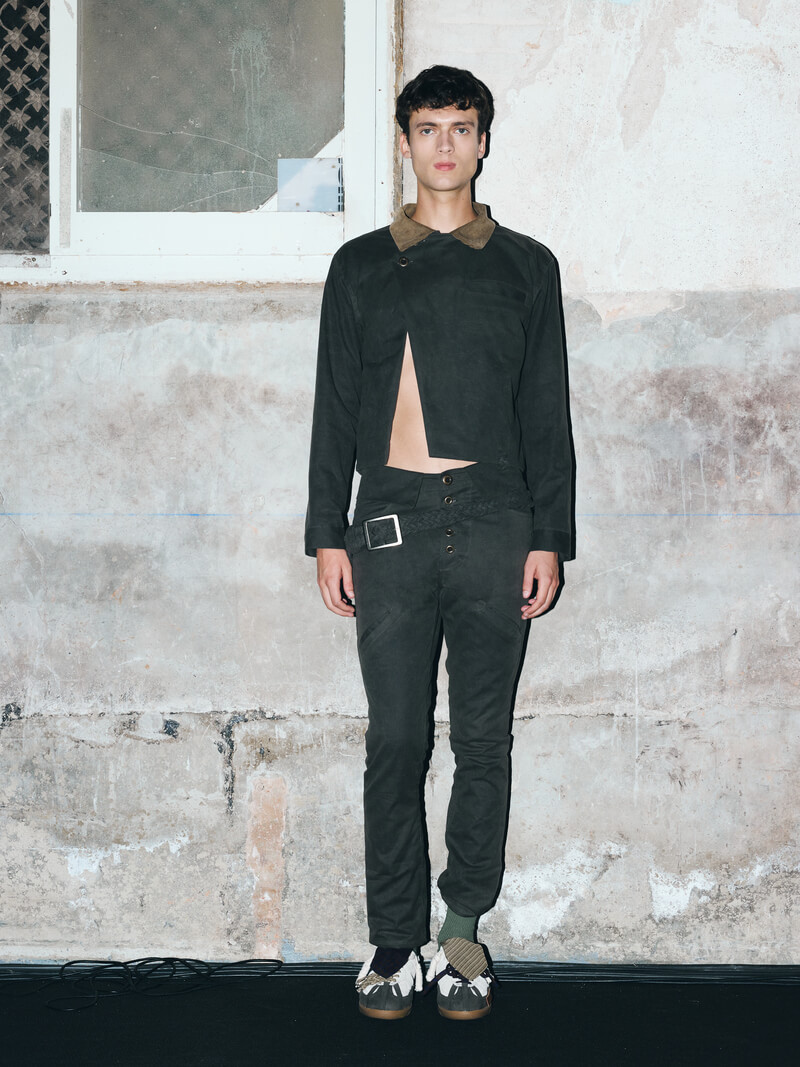
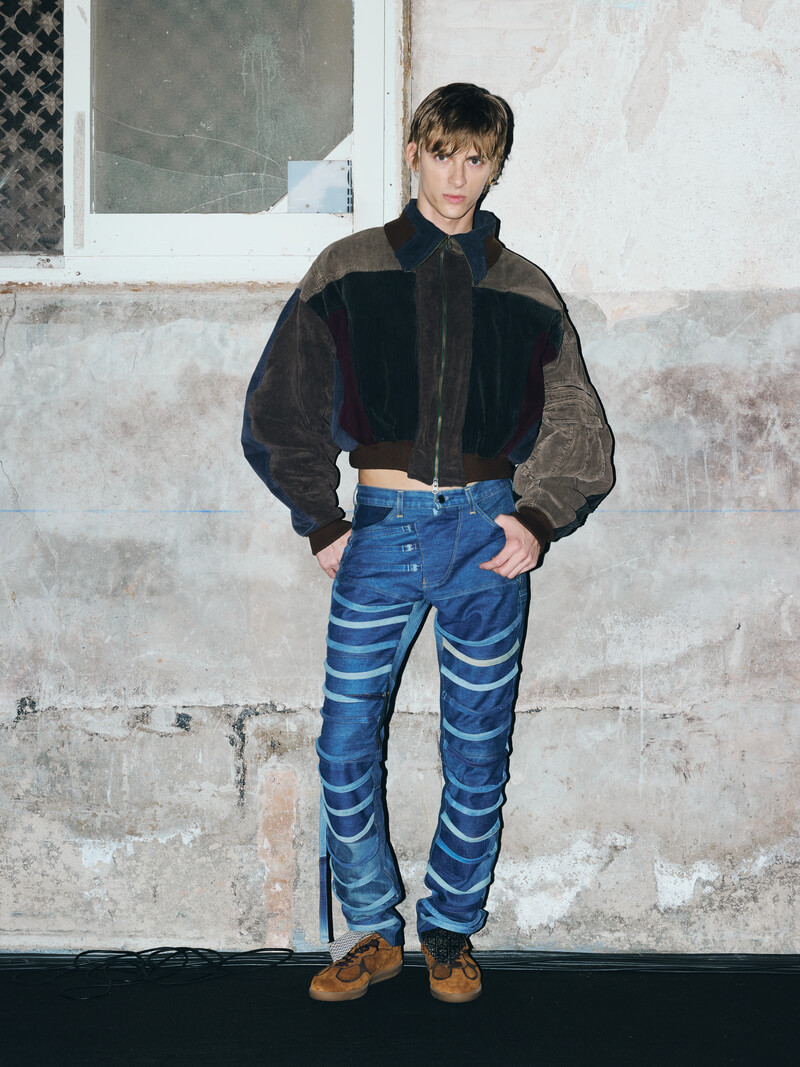
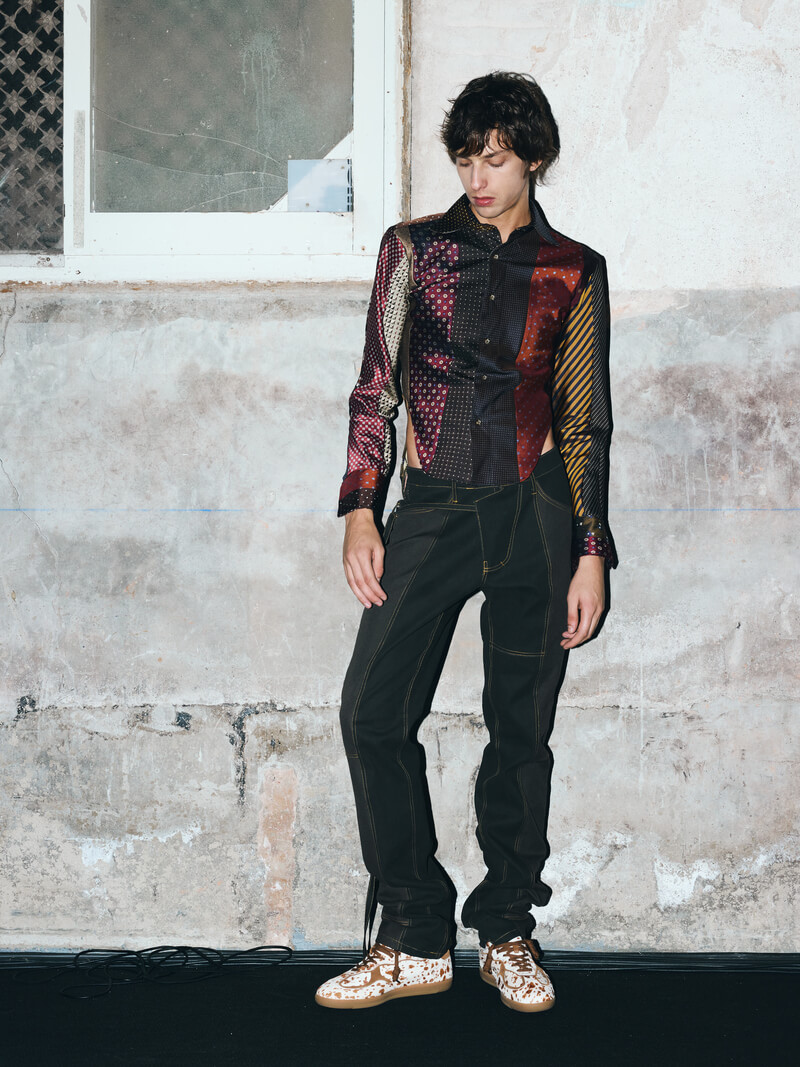
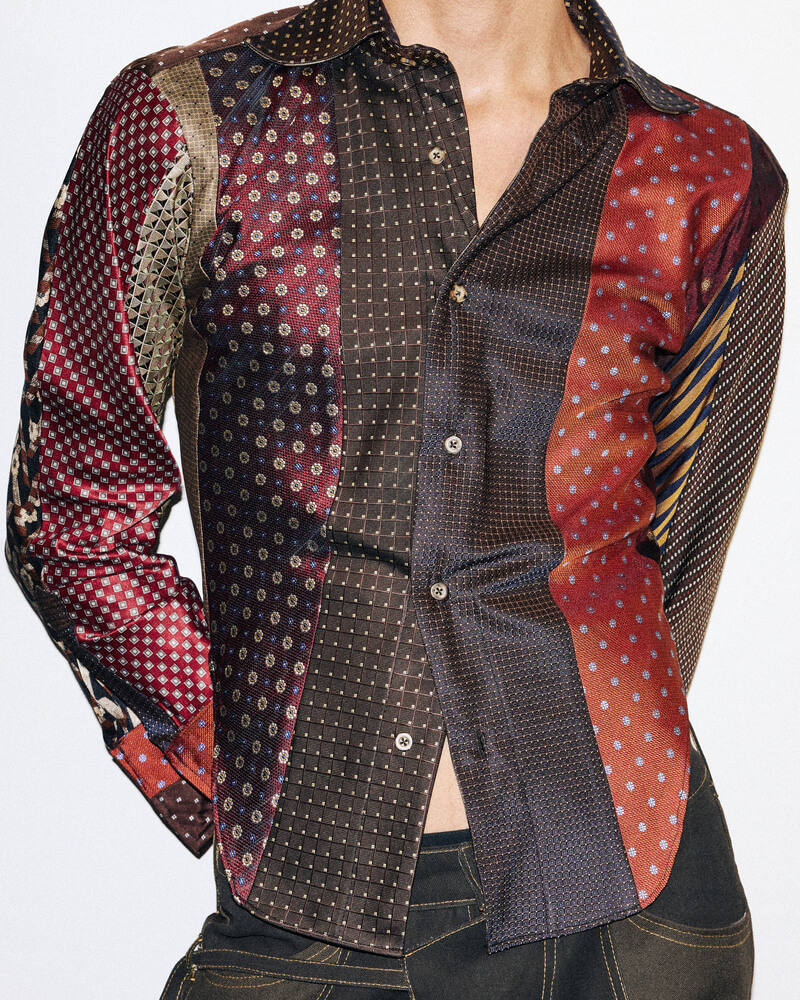
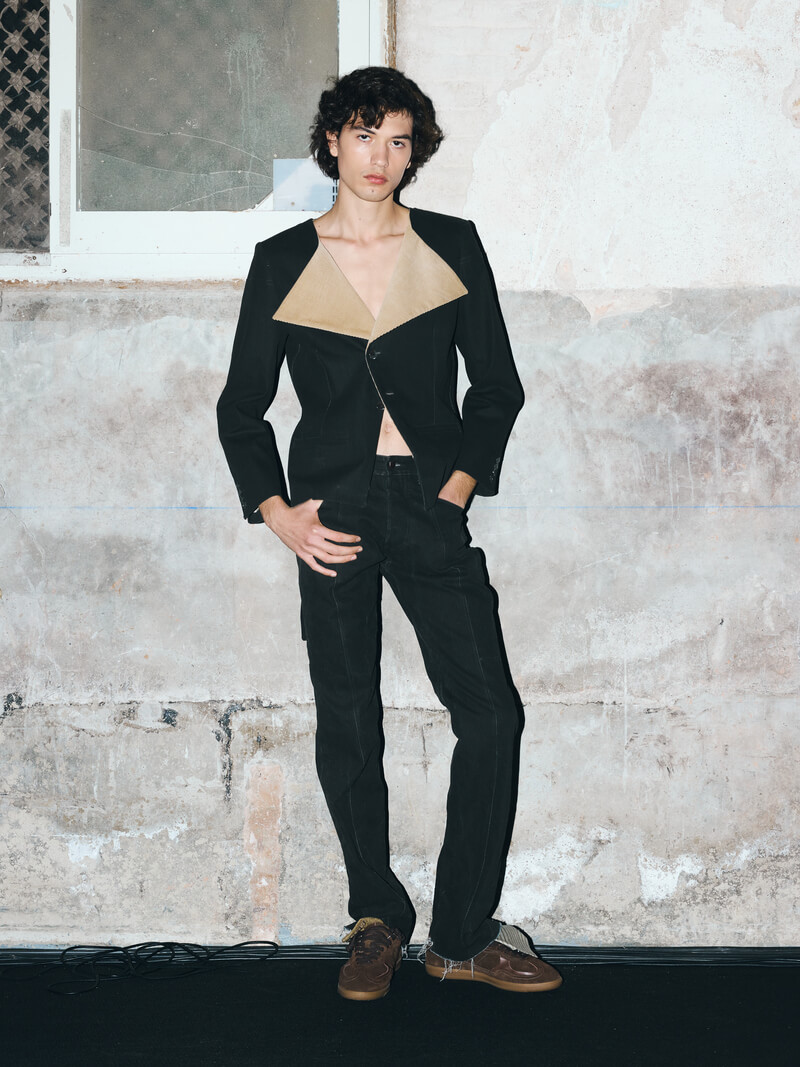
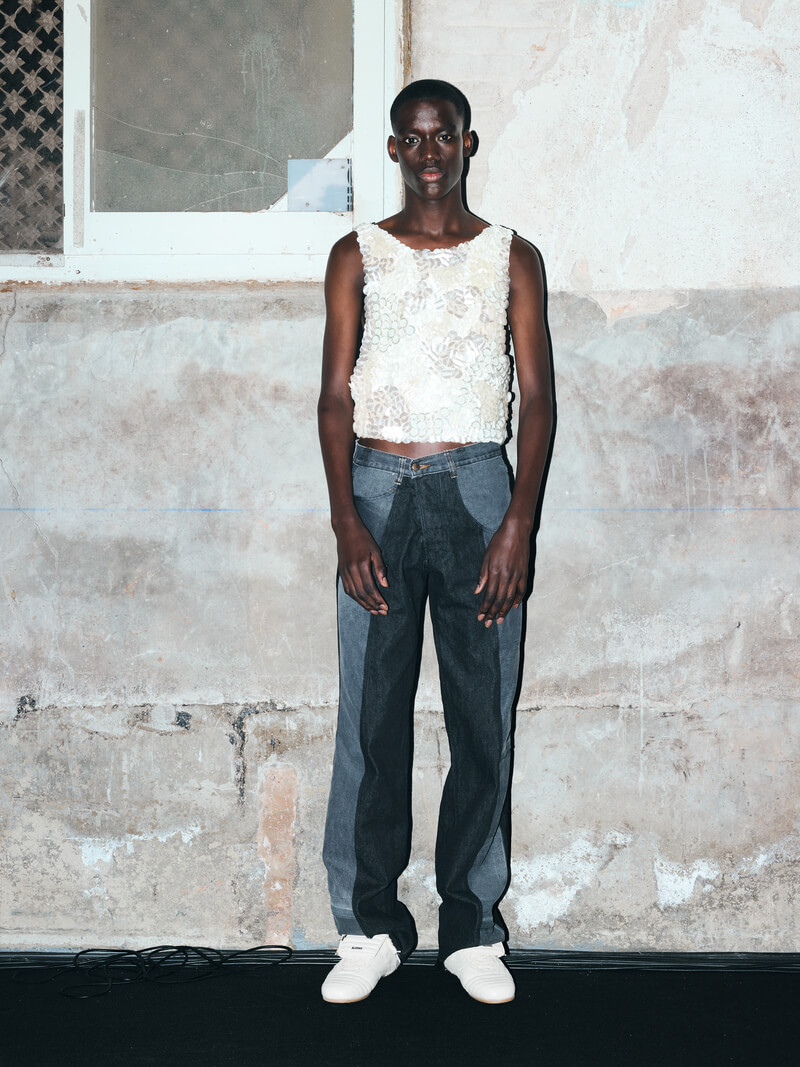
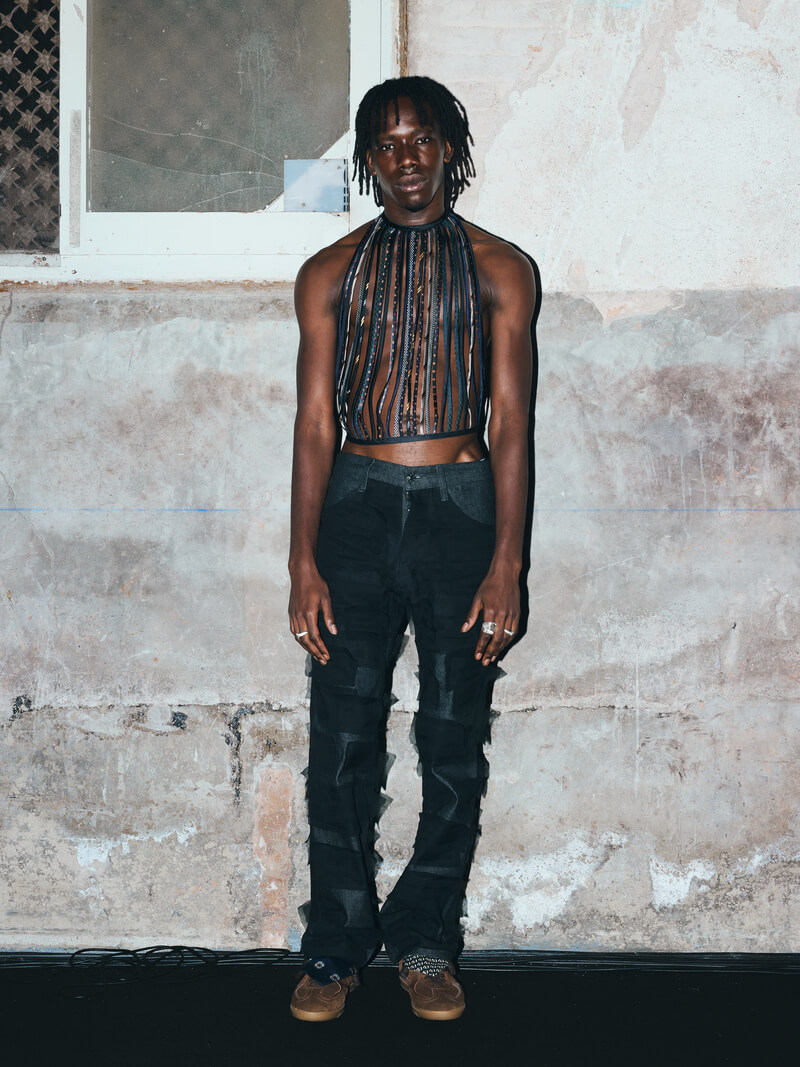
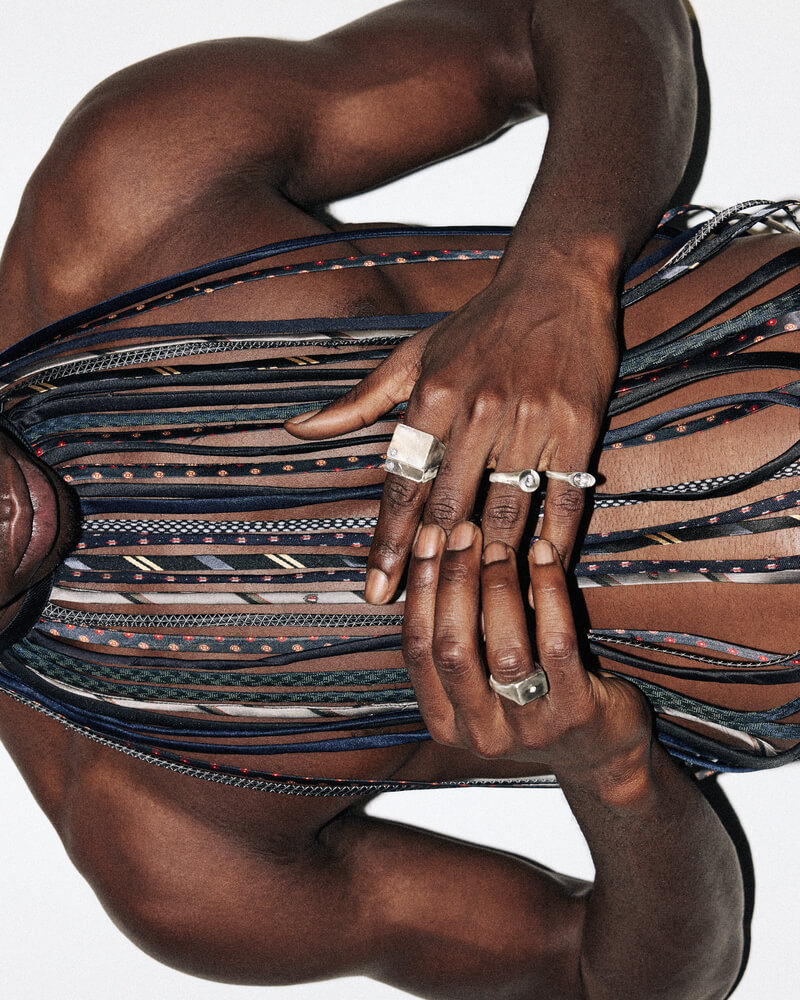
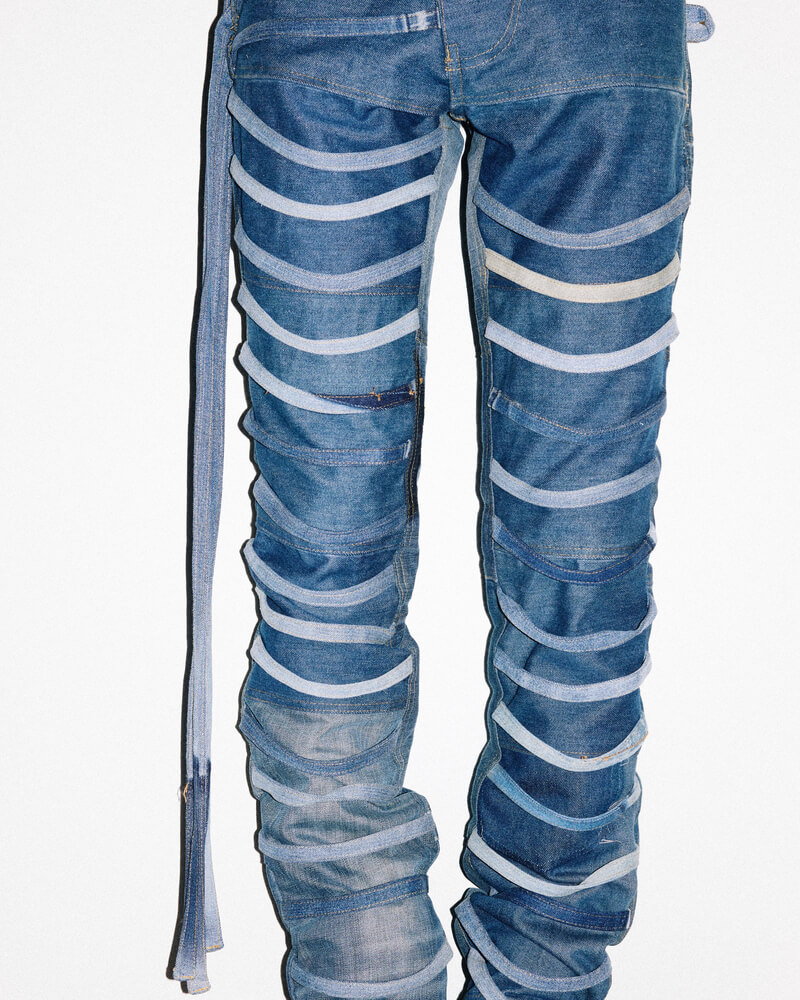
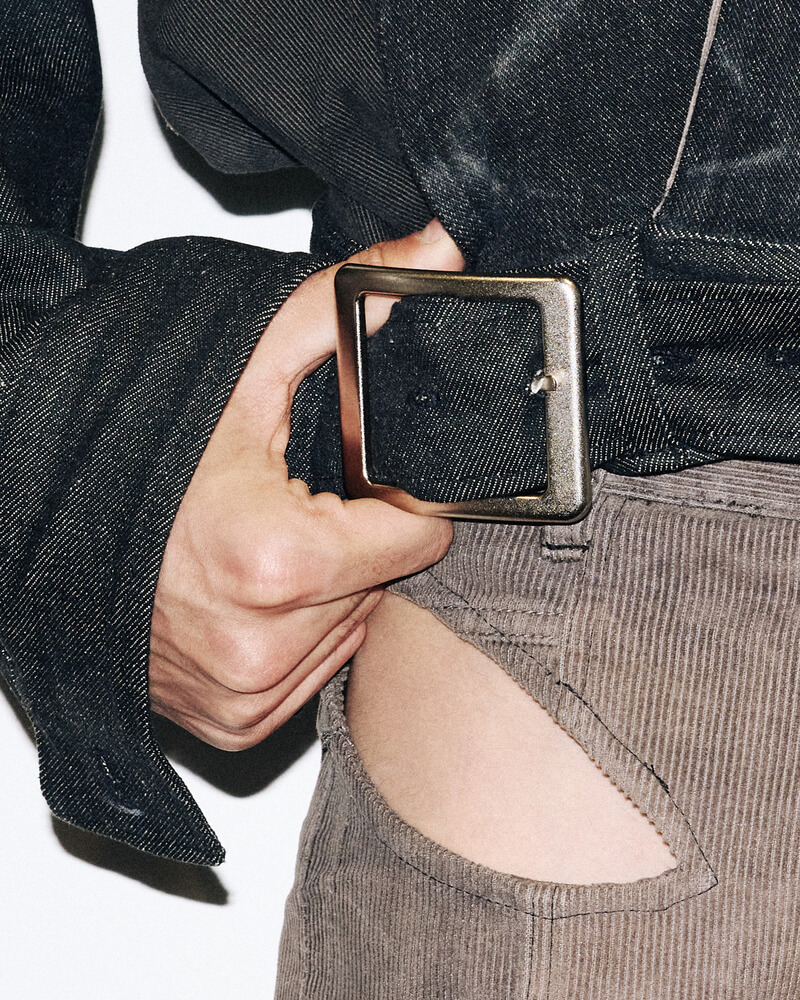
Photography by Hector Fraile. Courtesy by Juan VG
